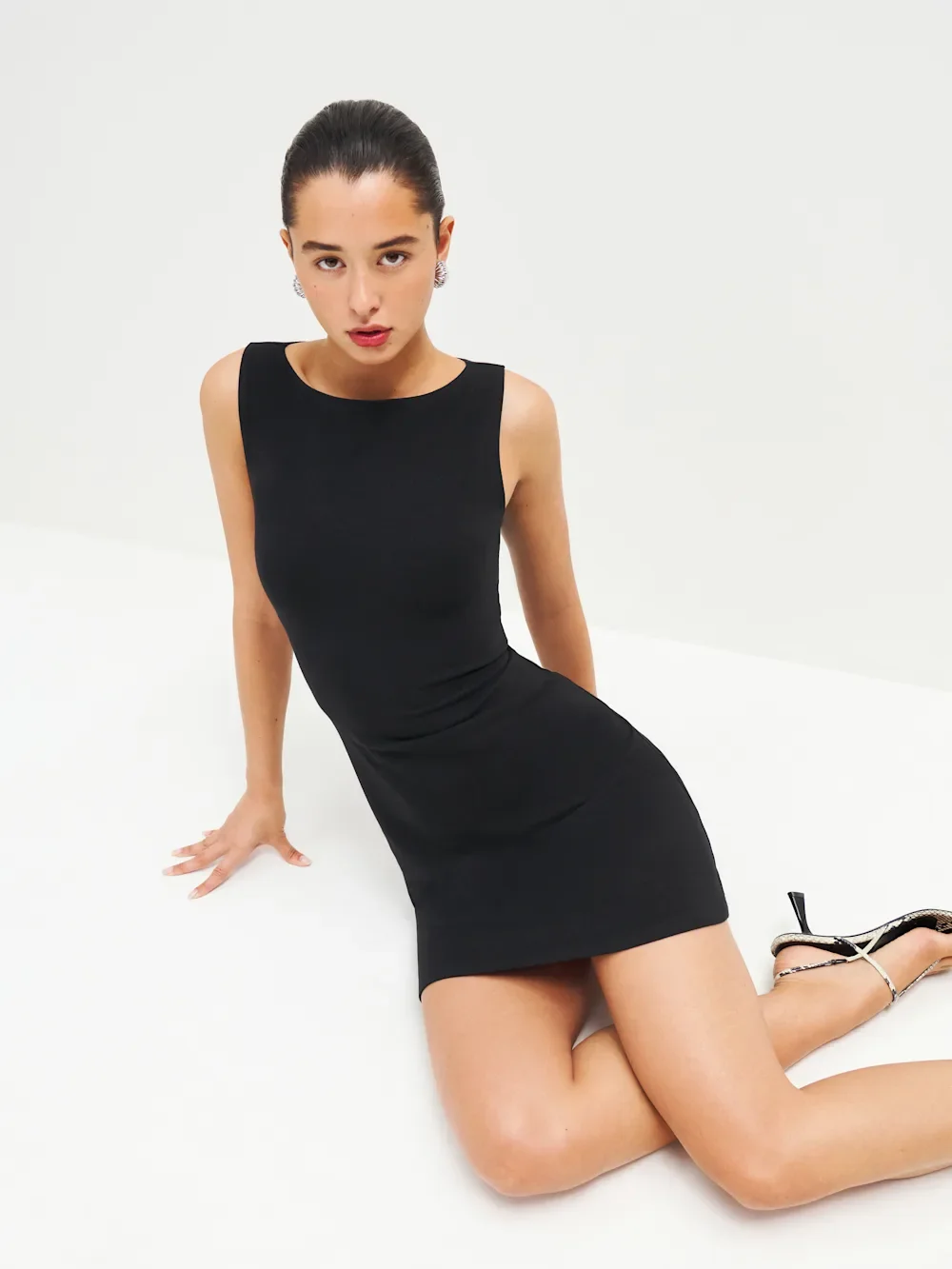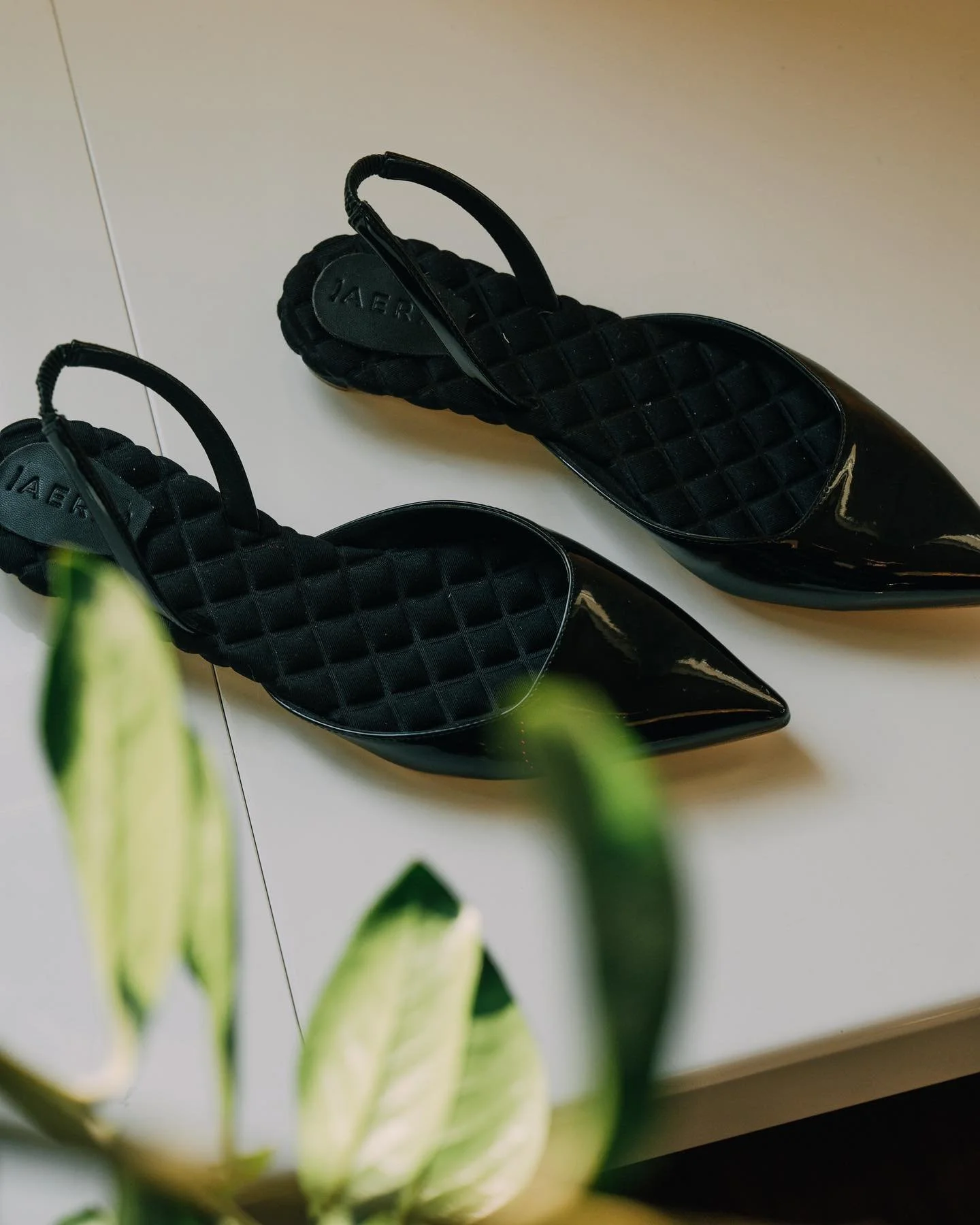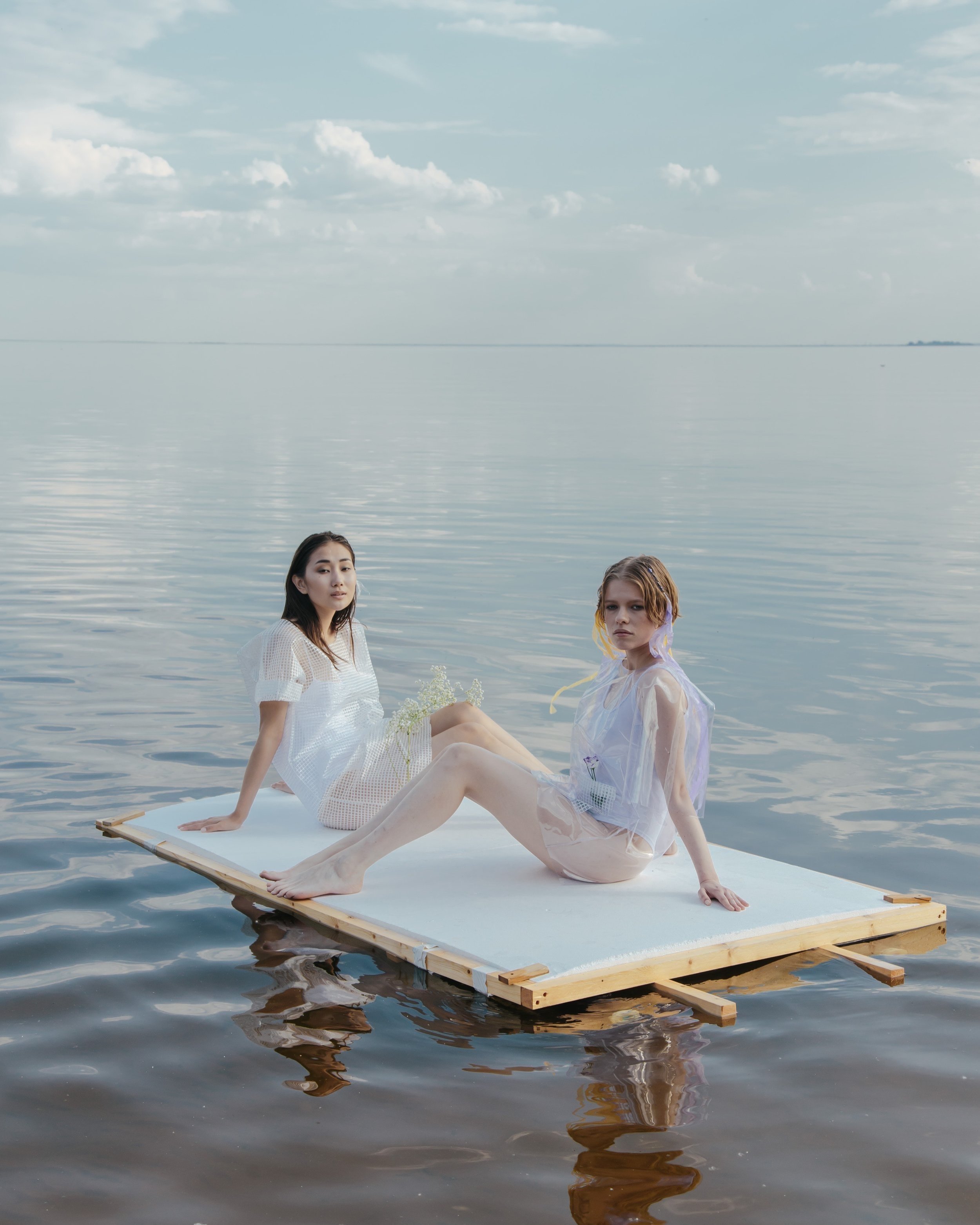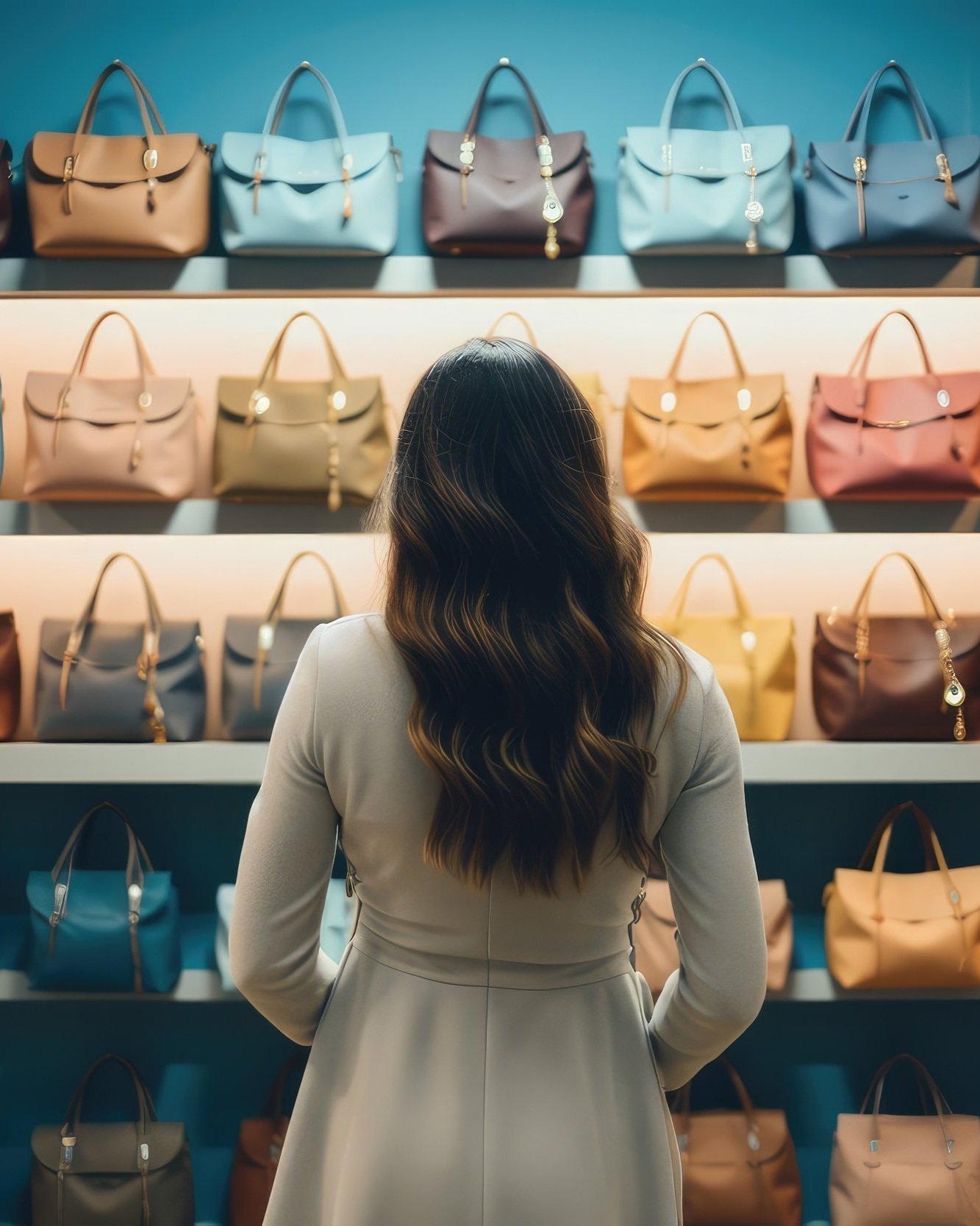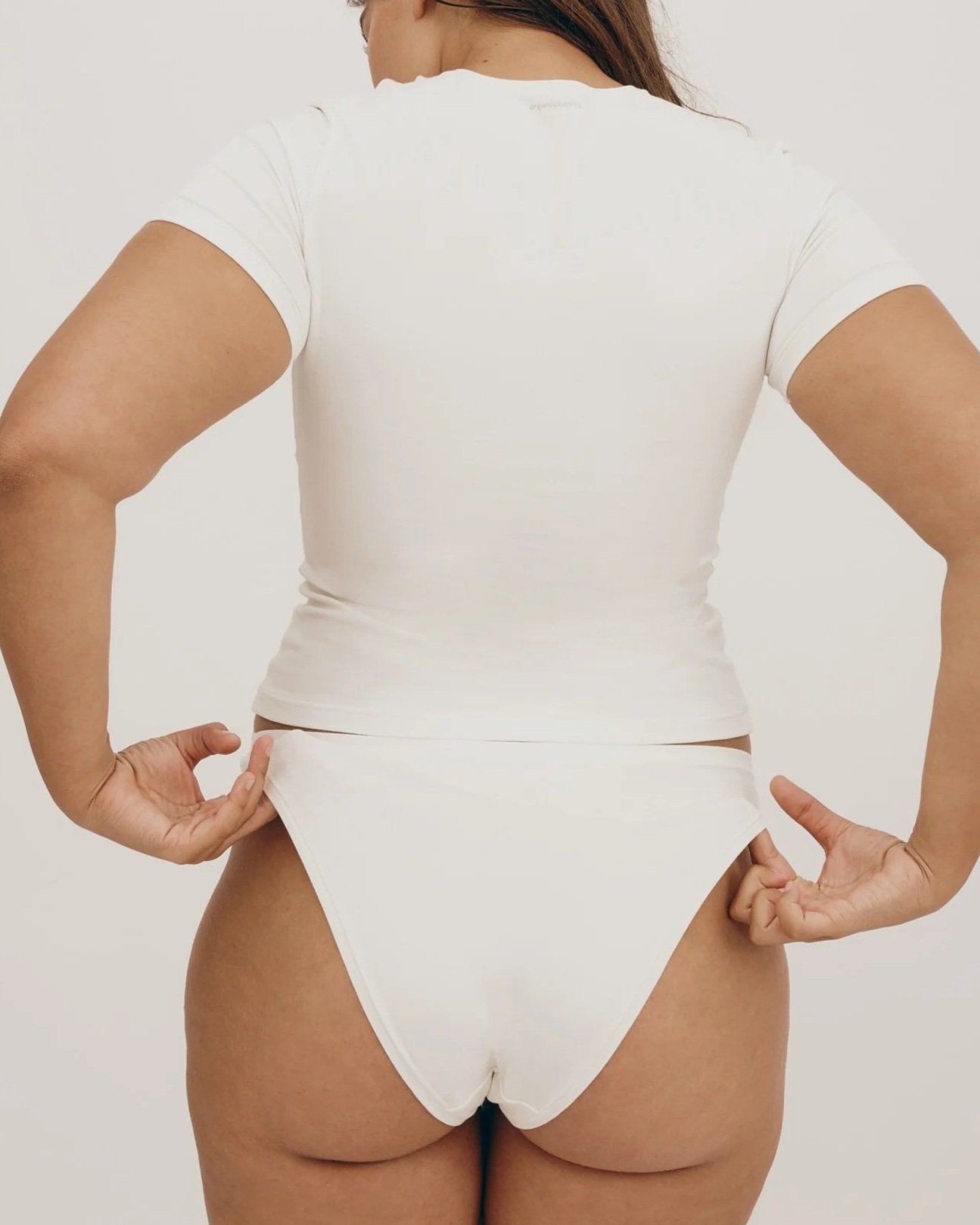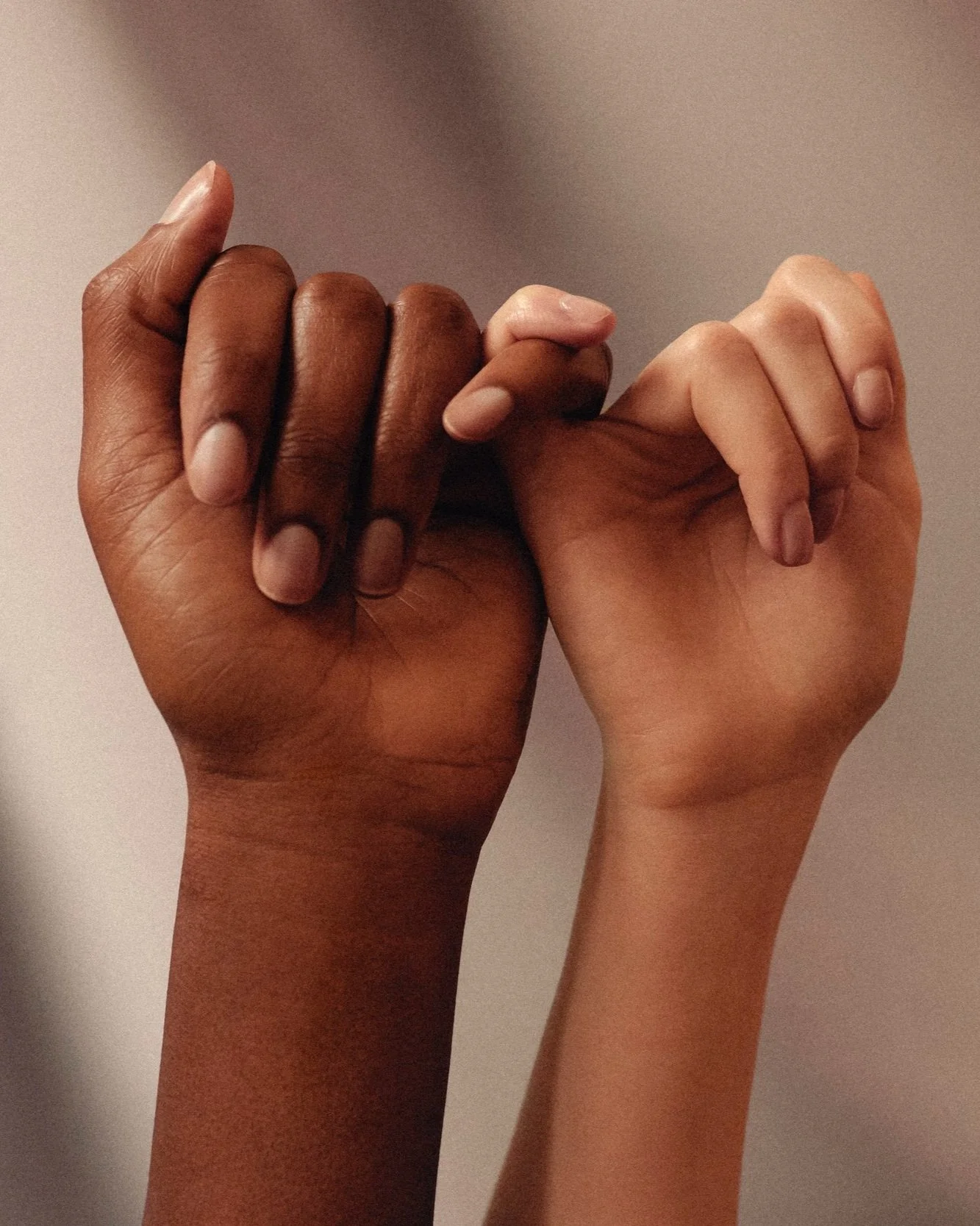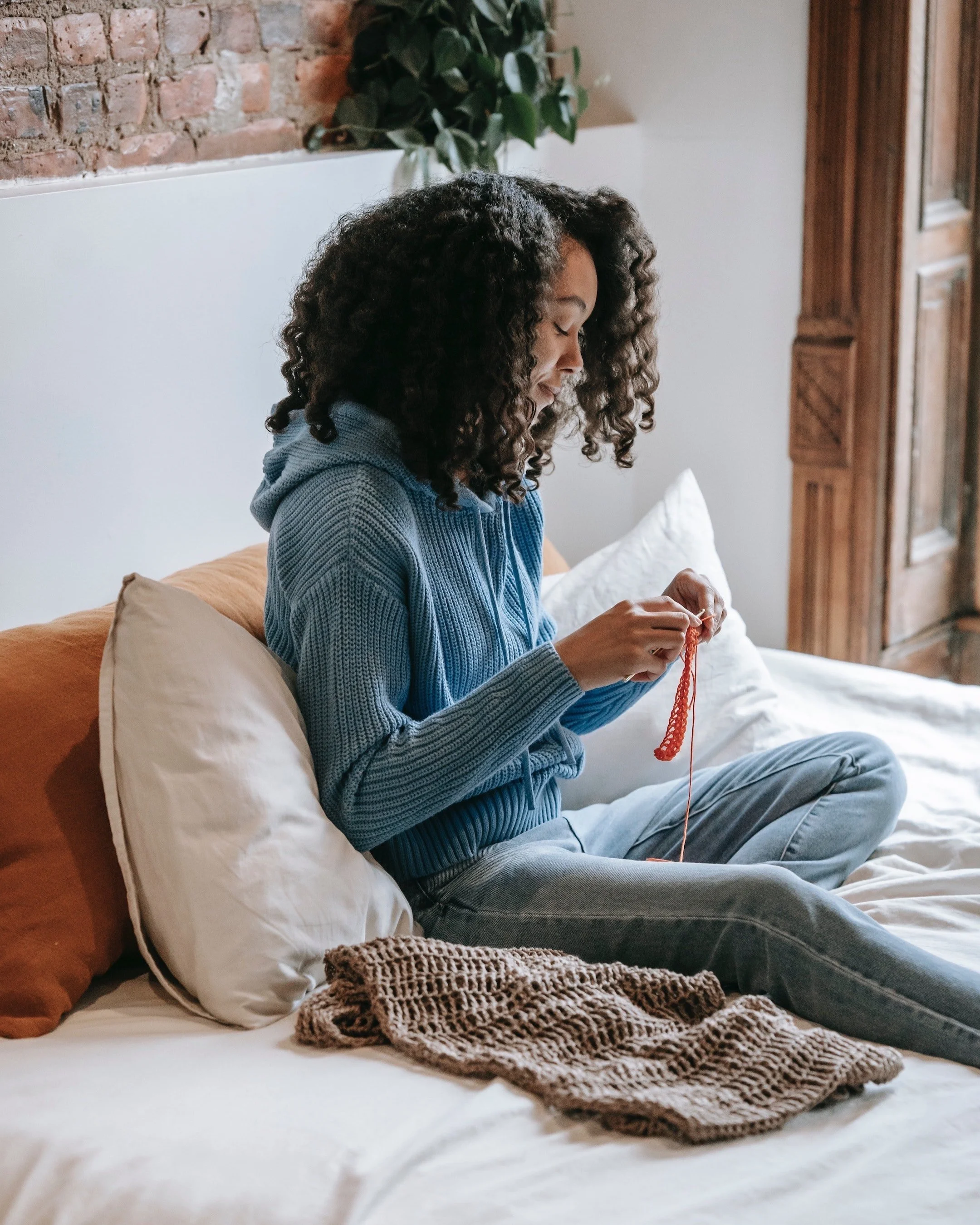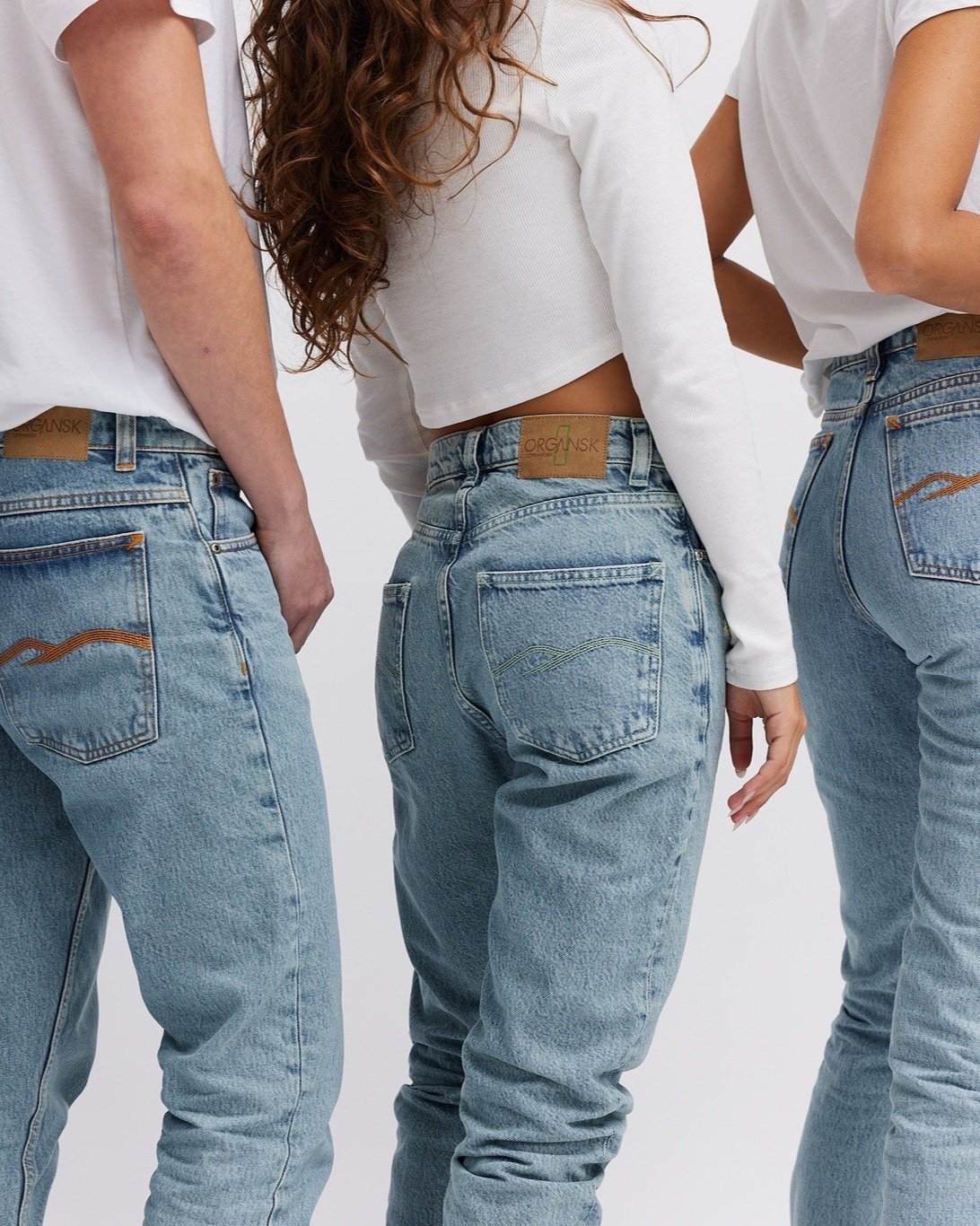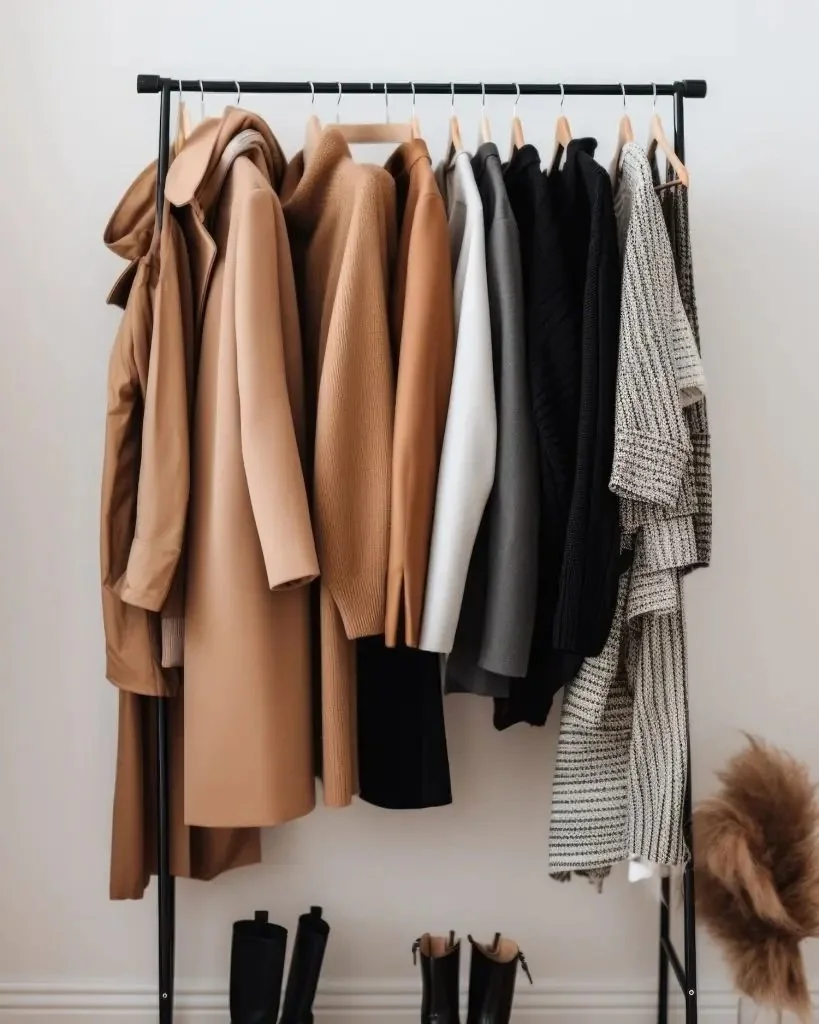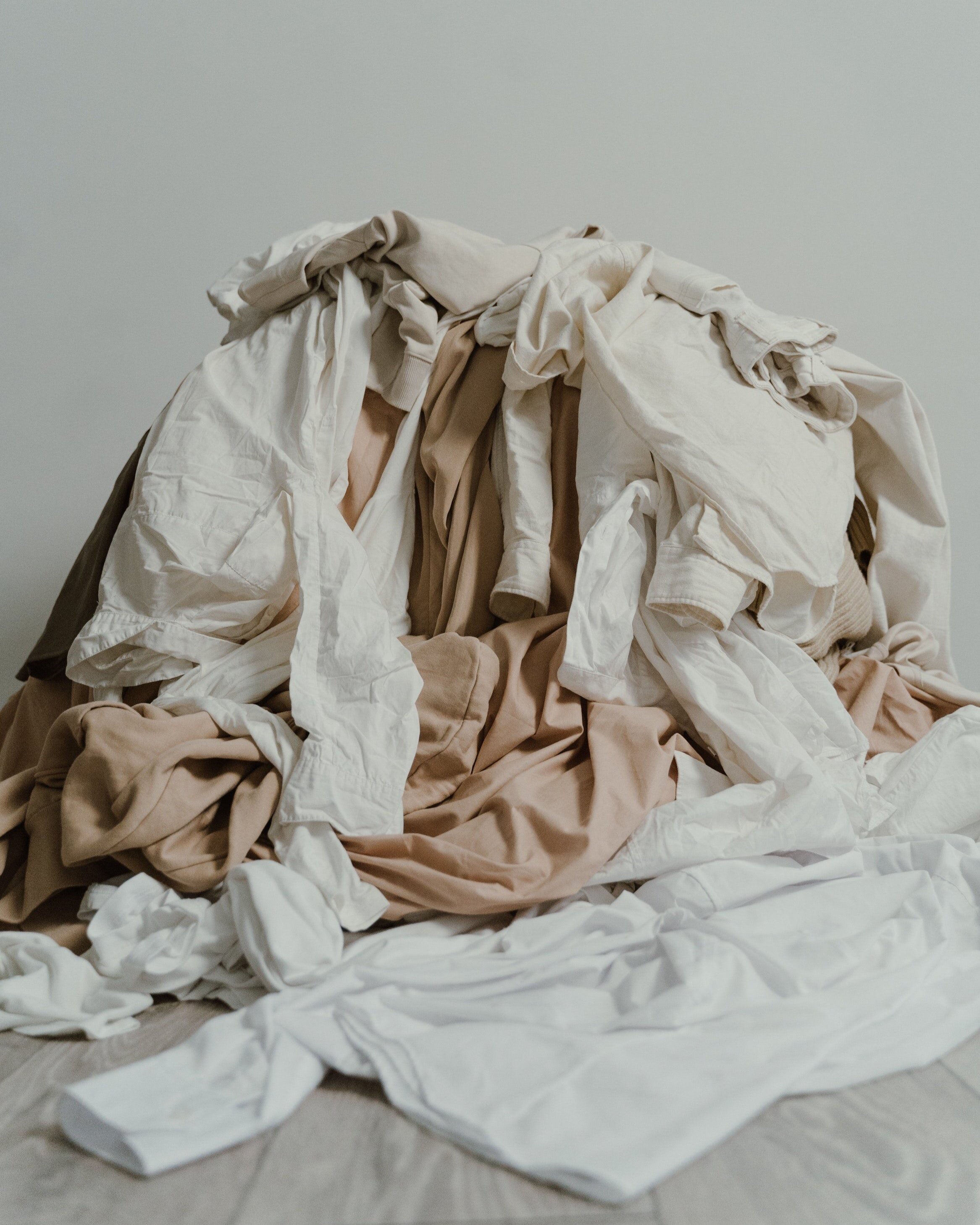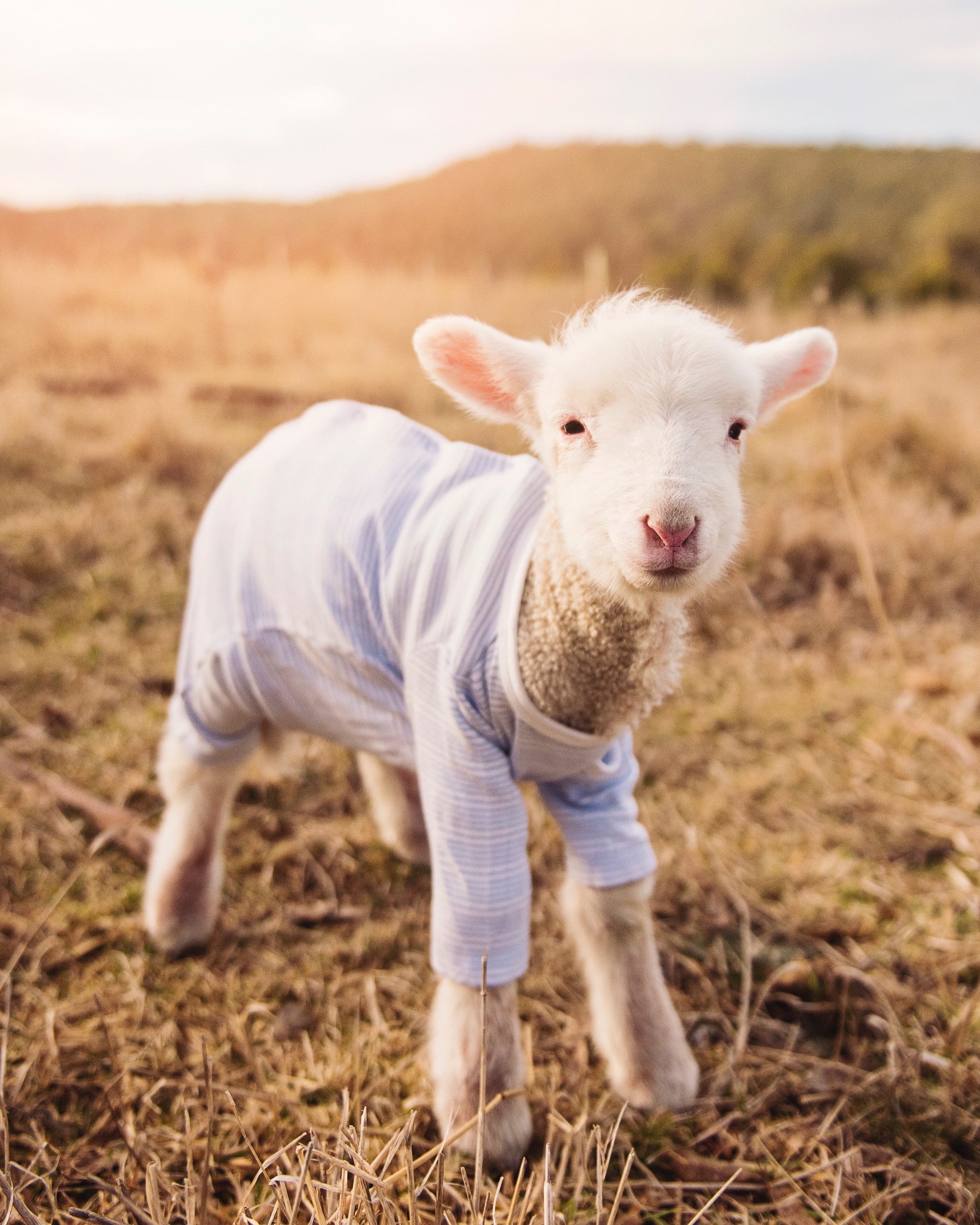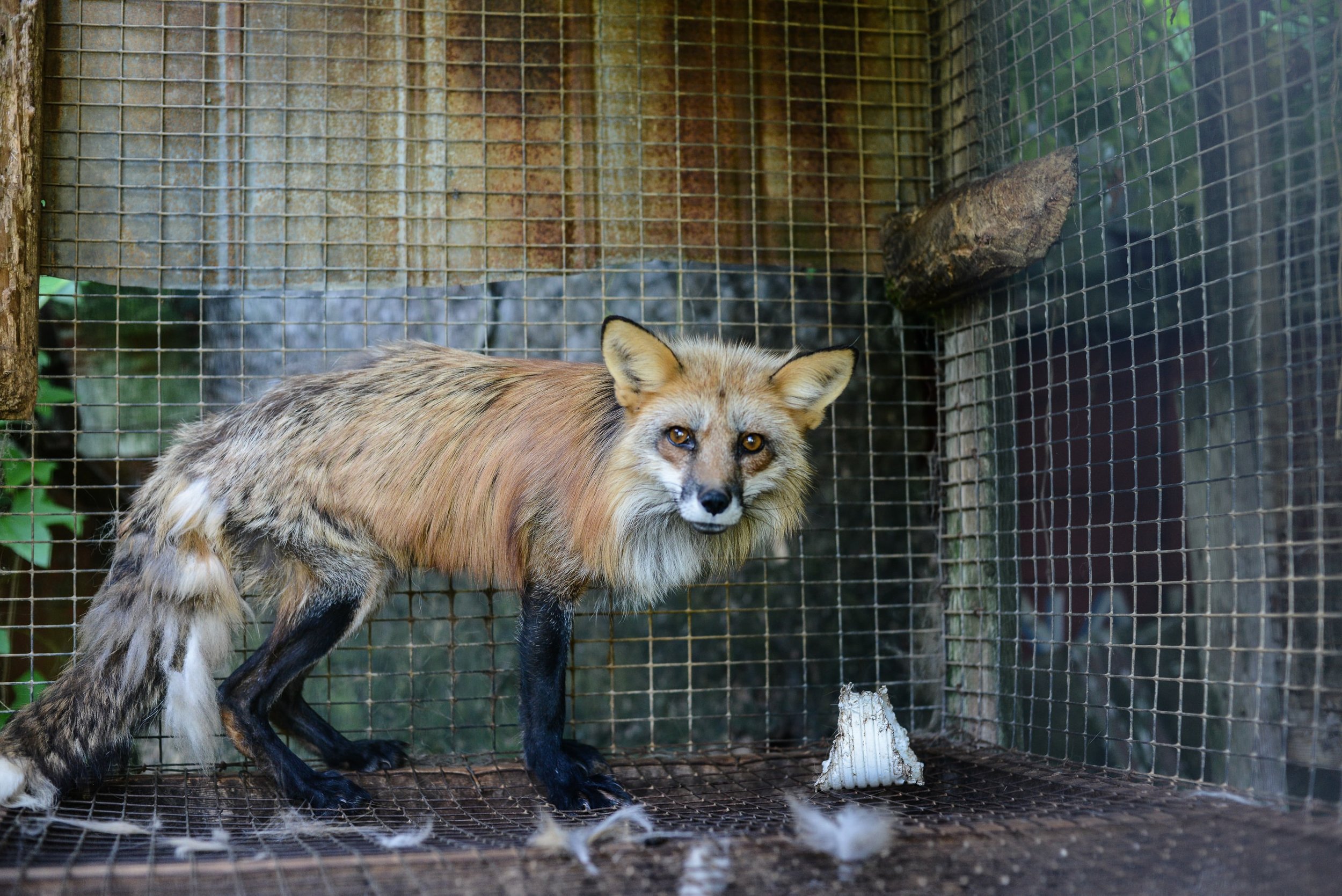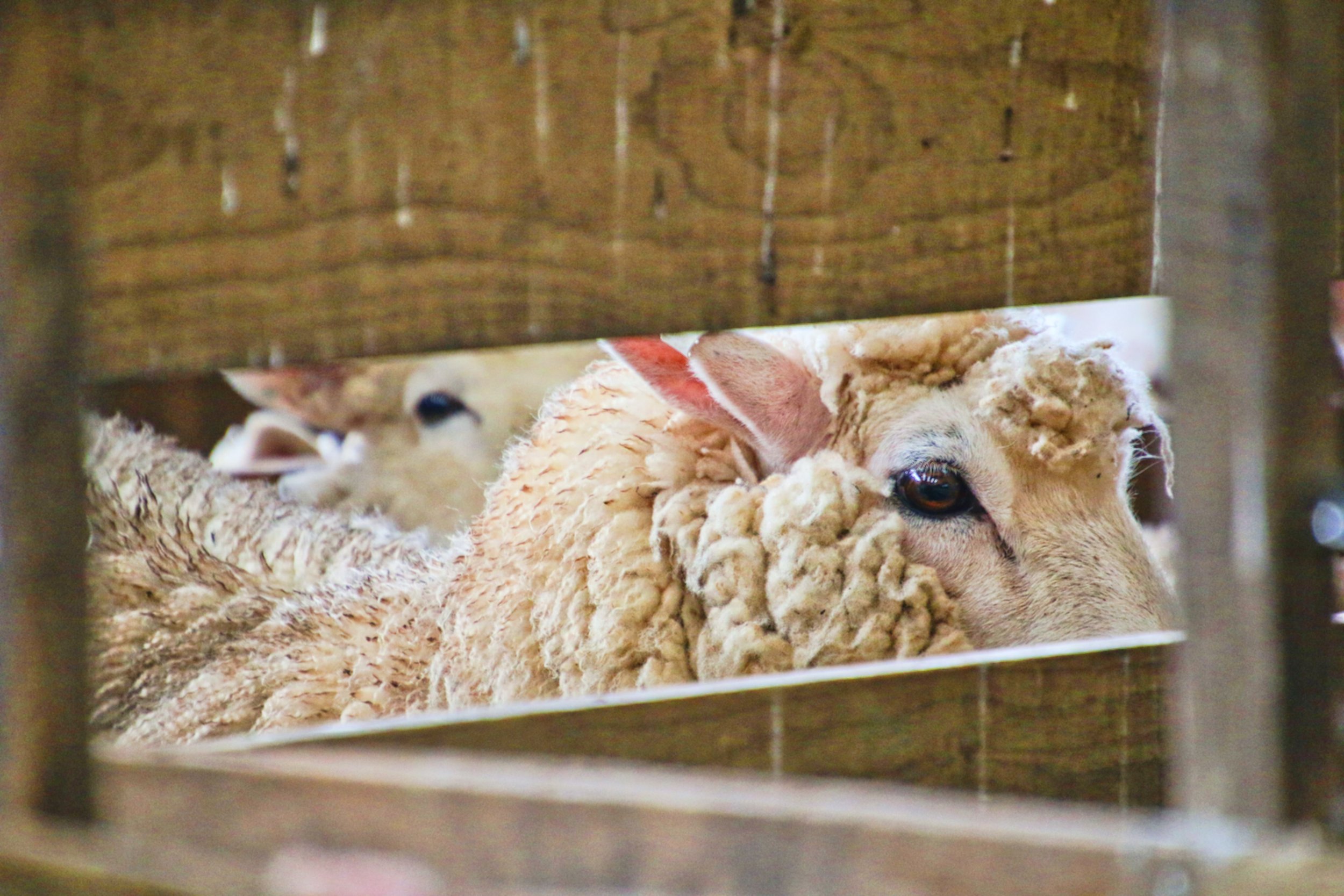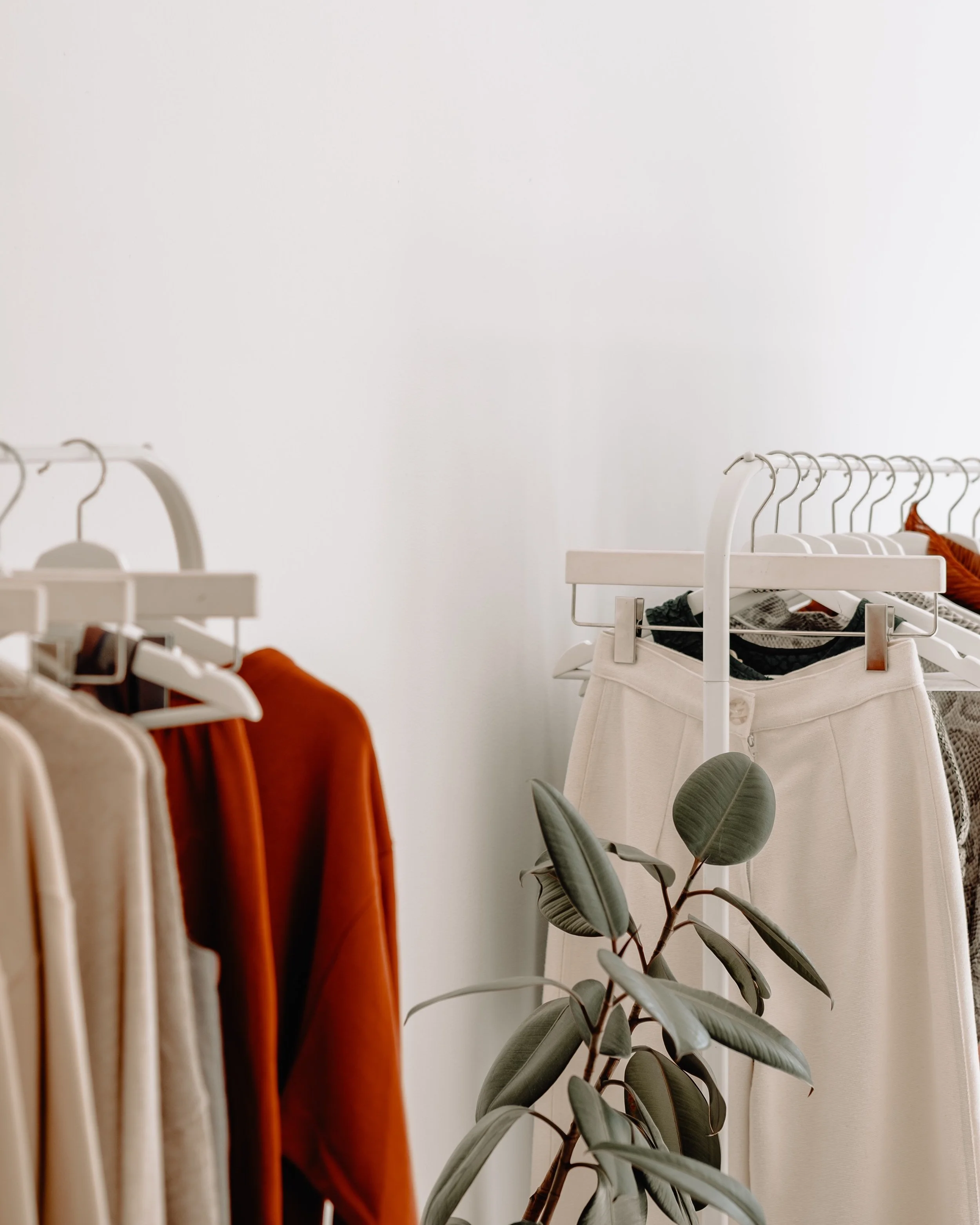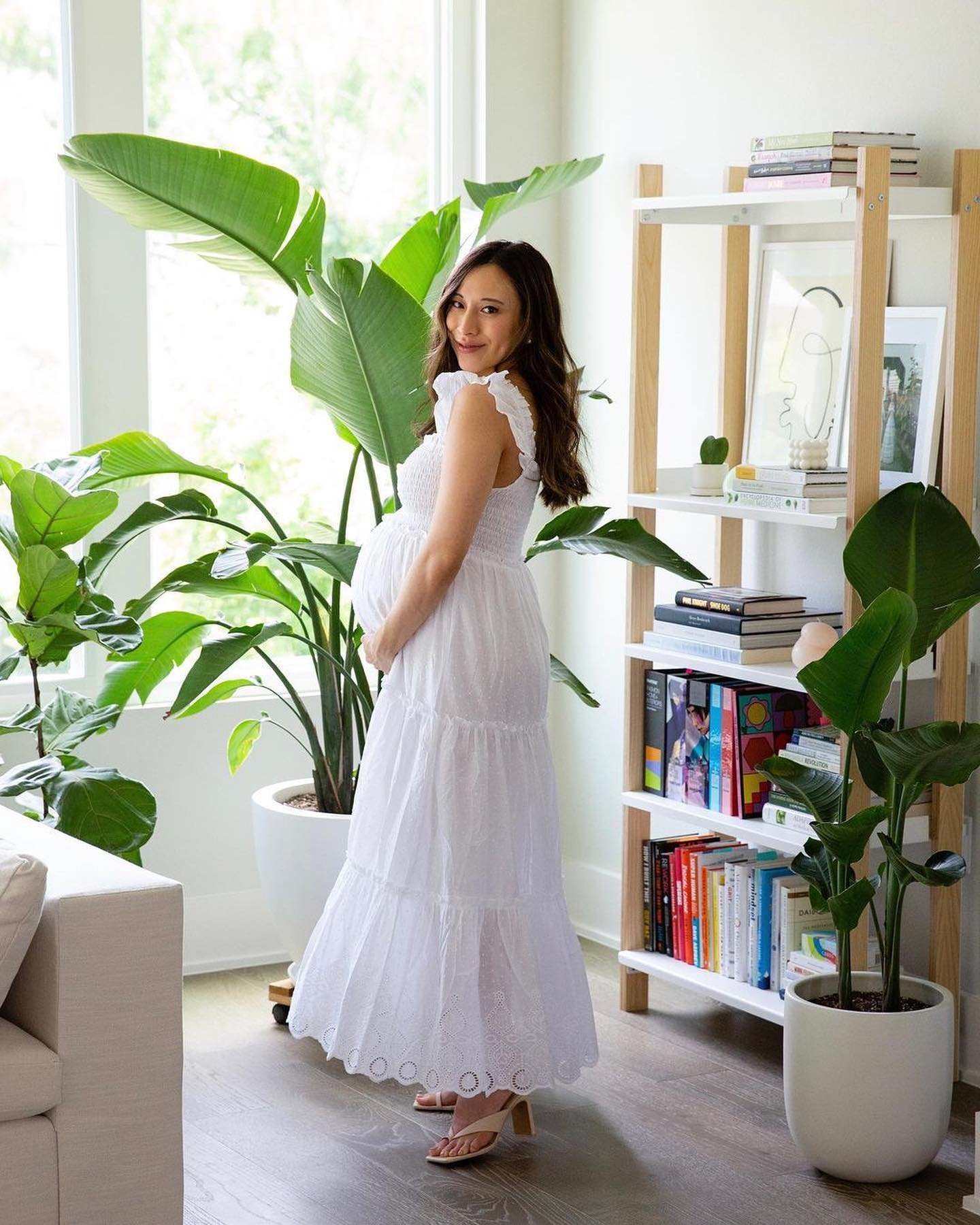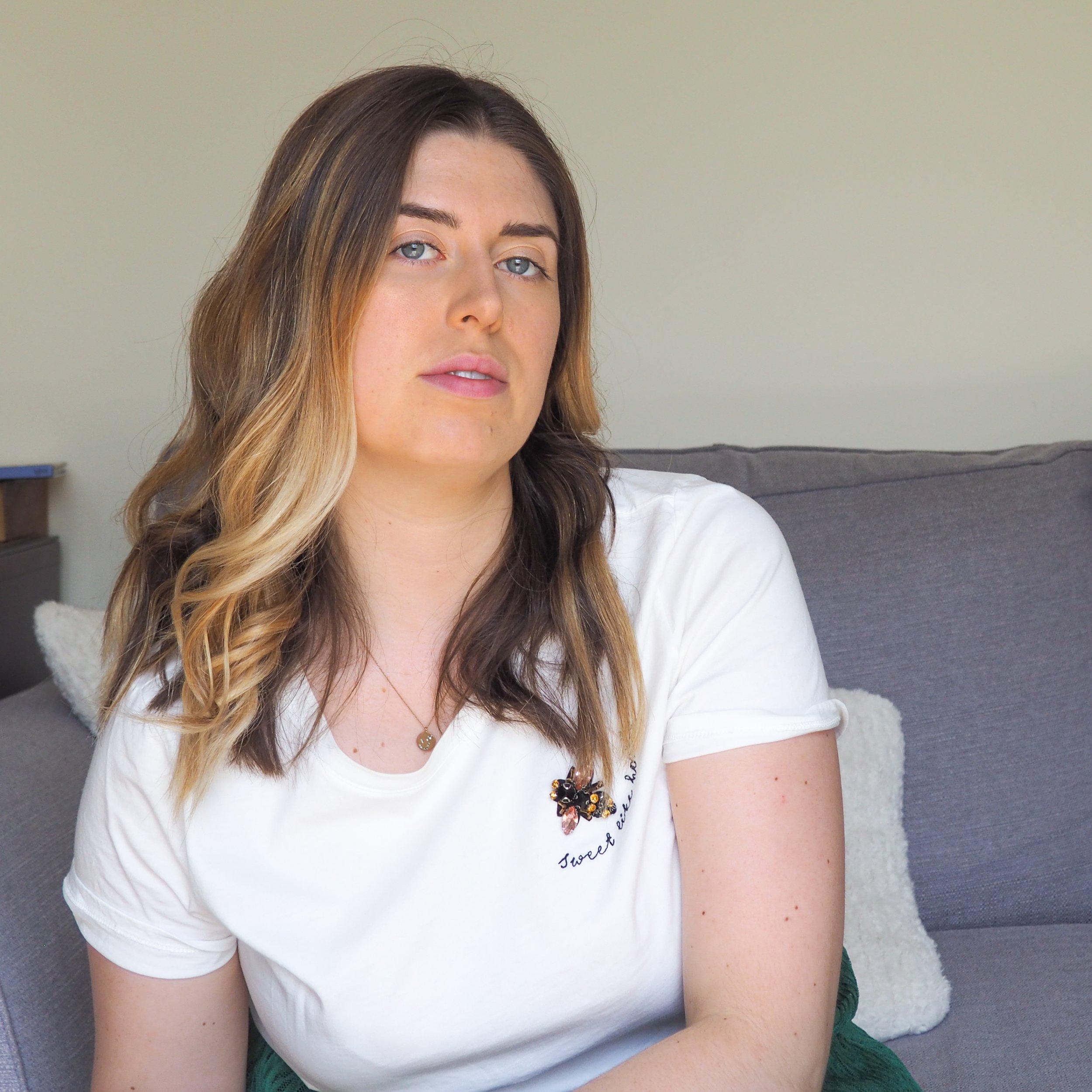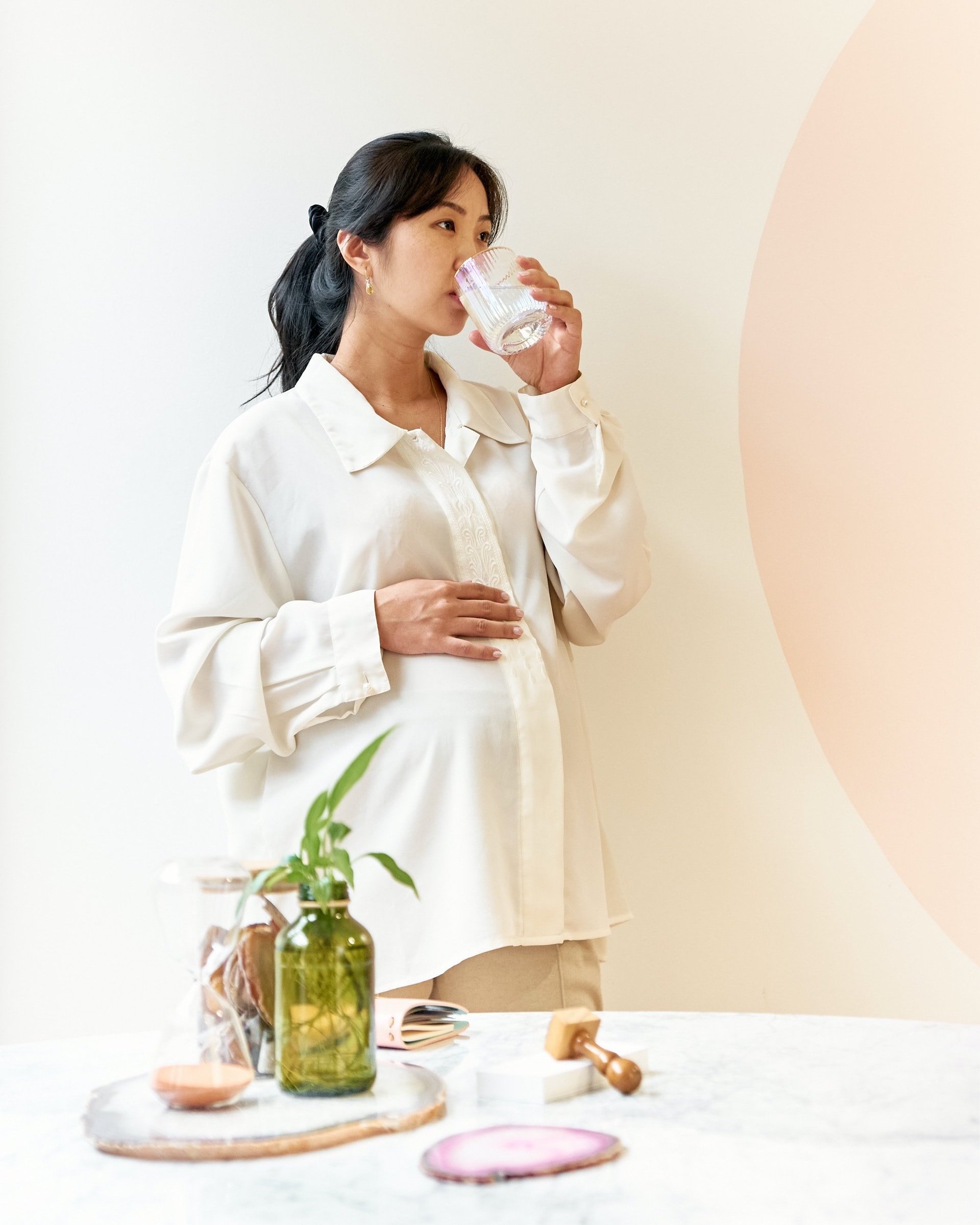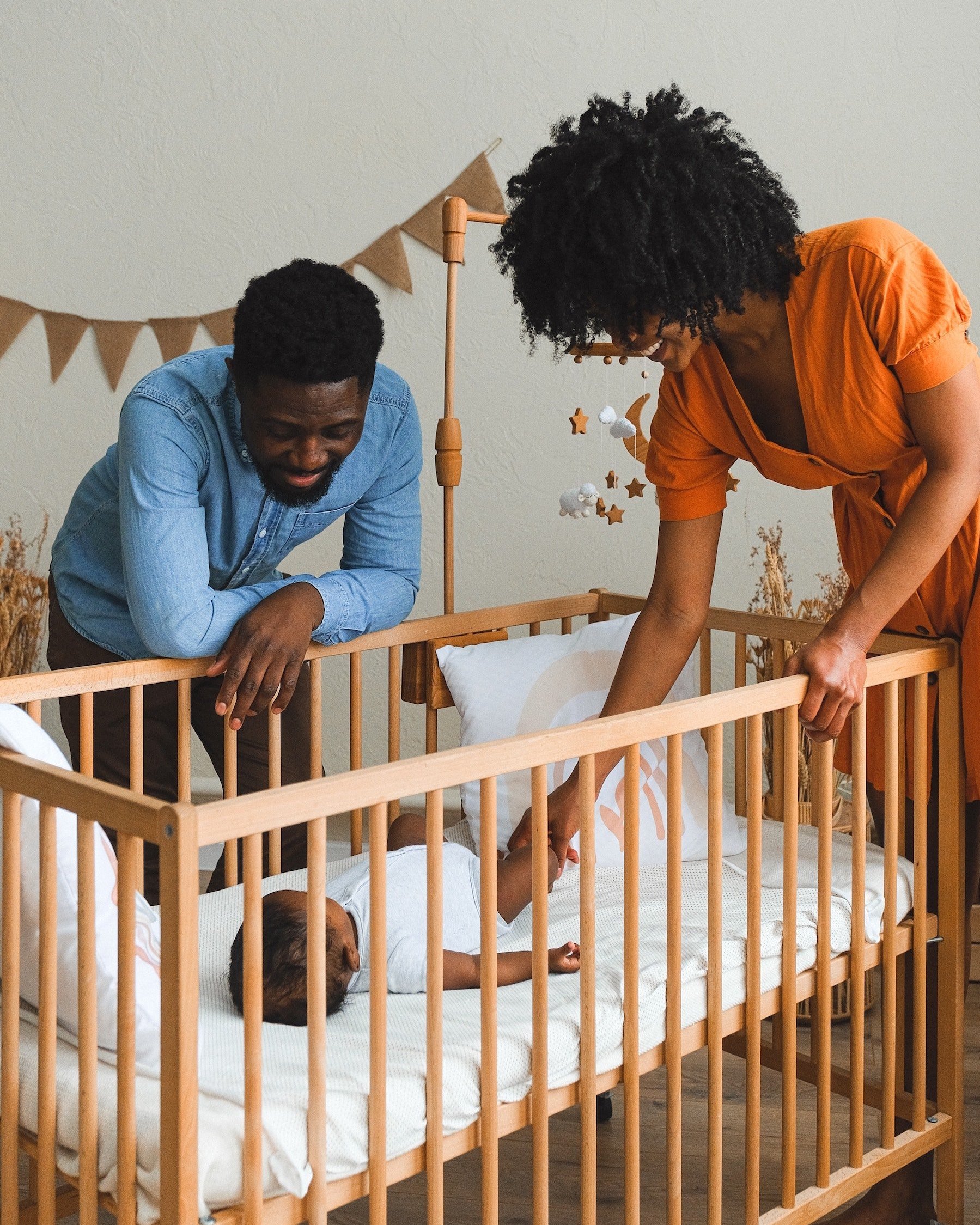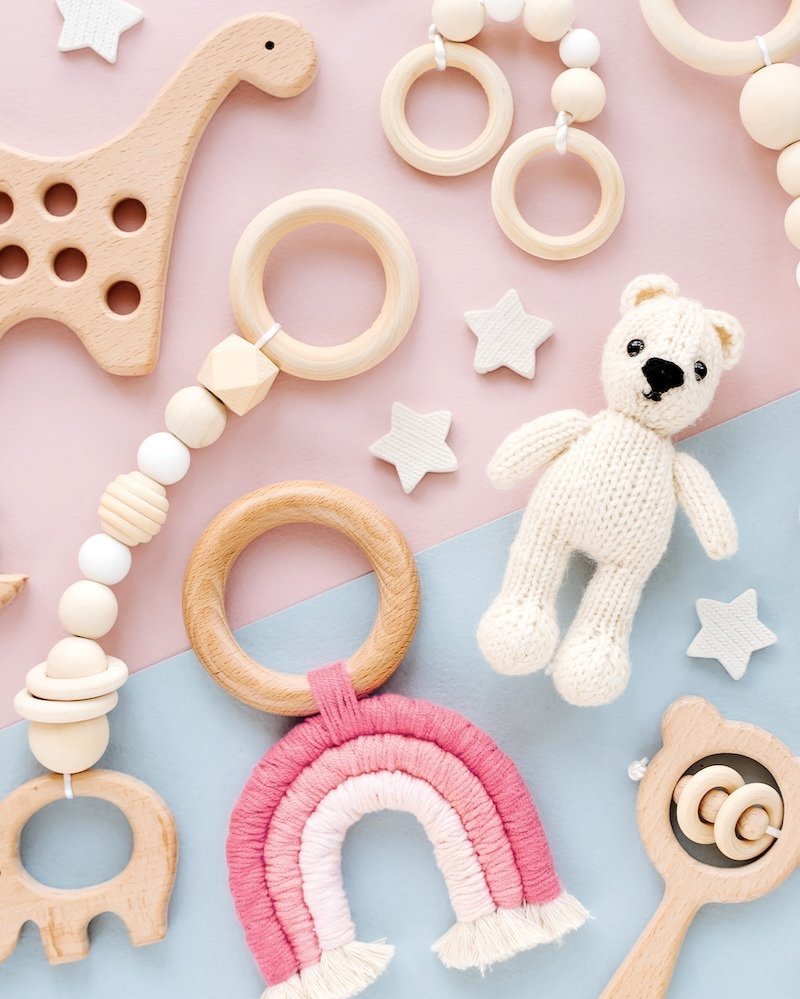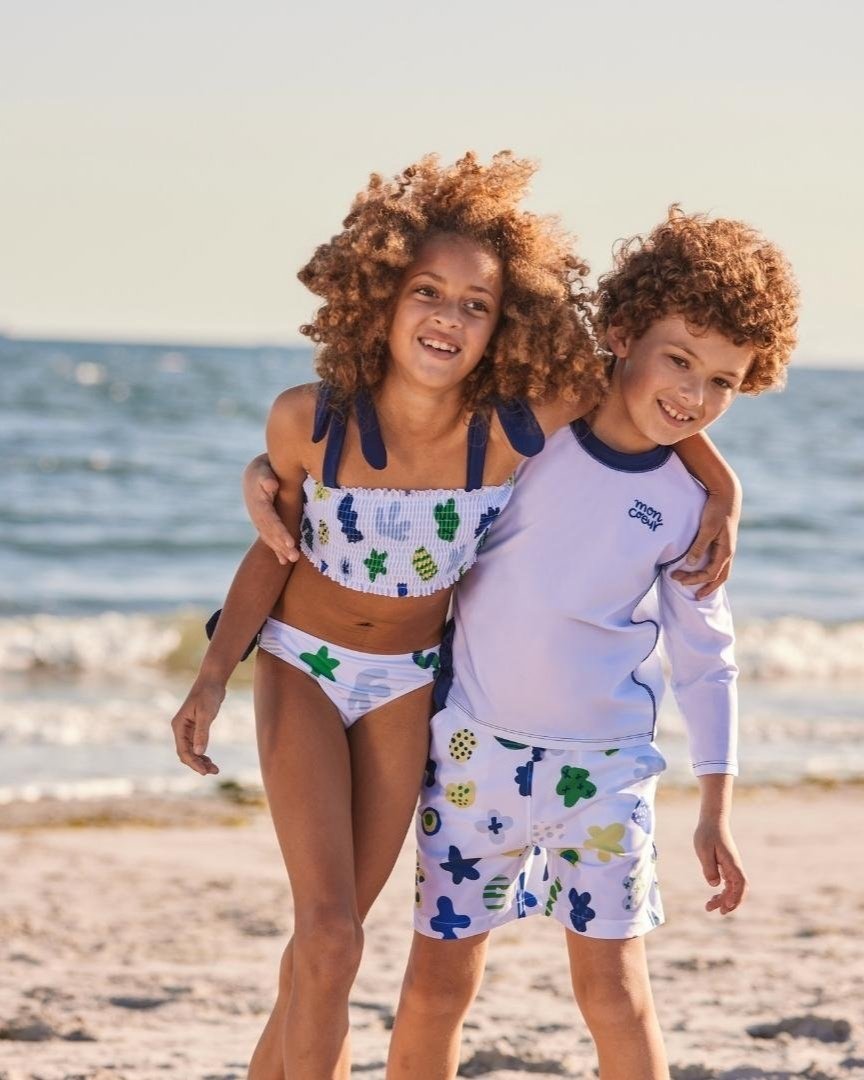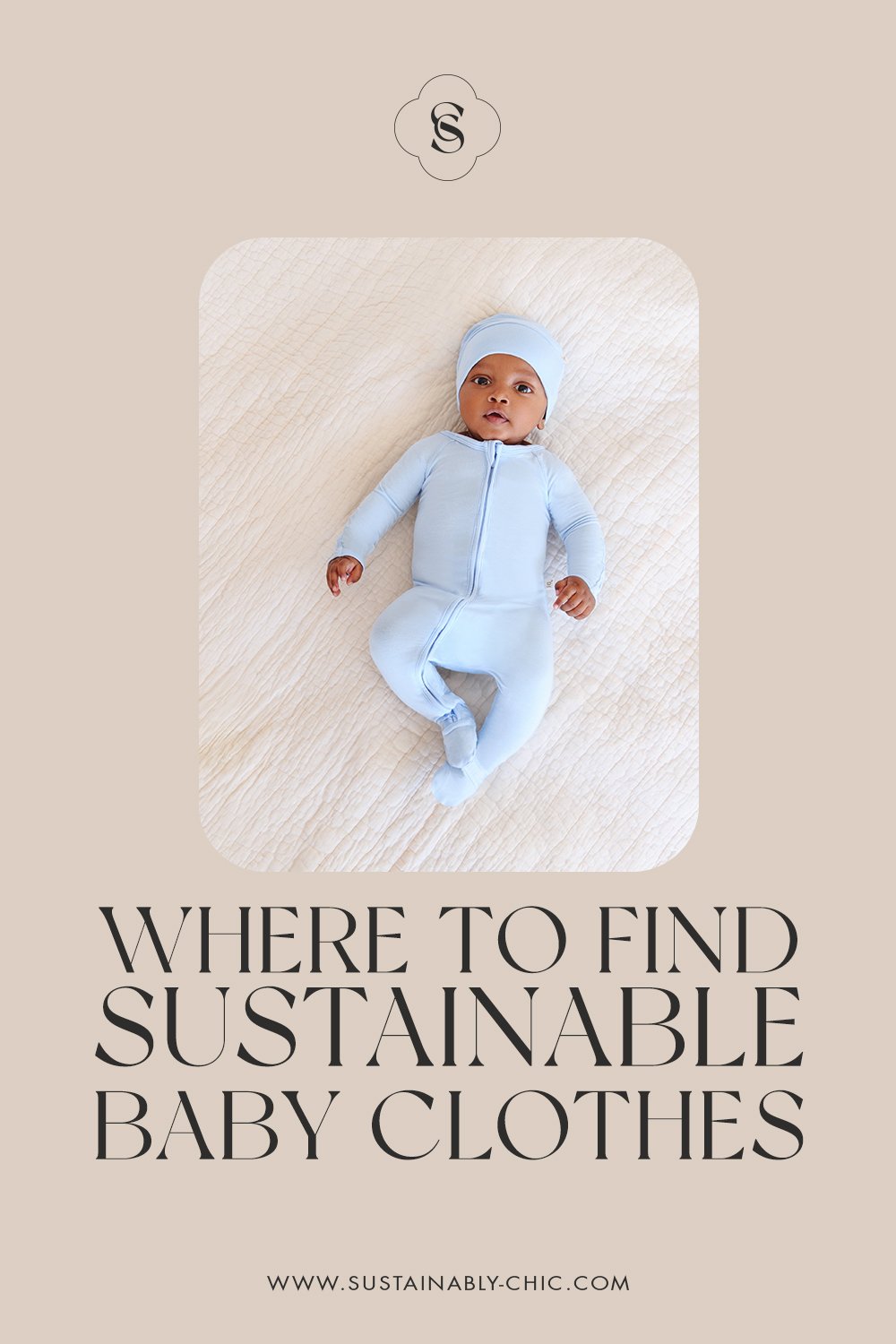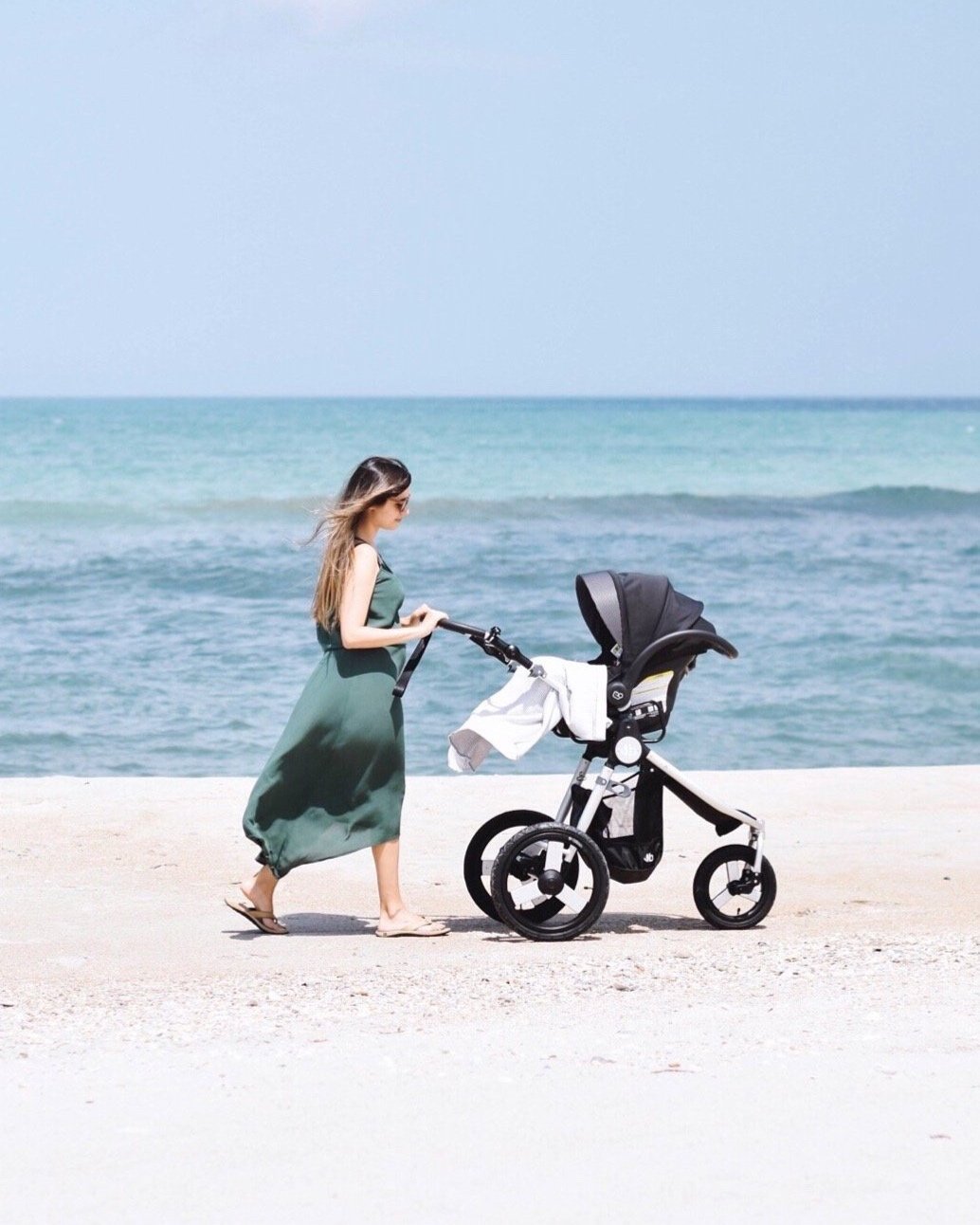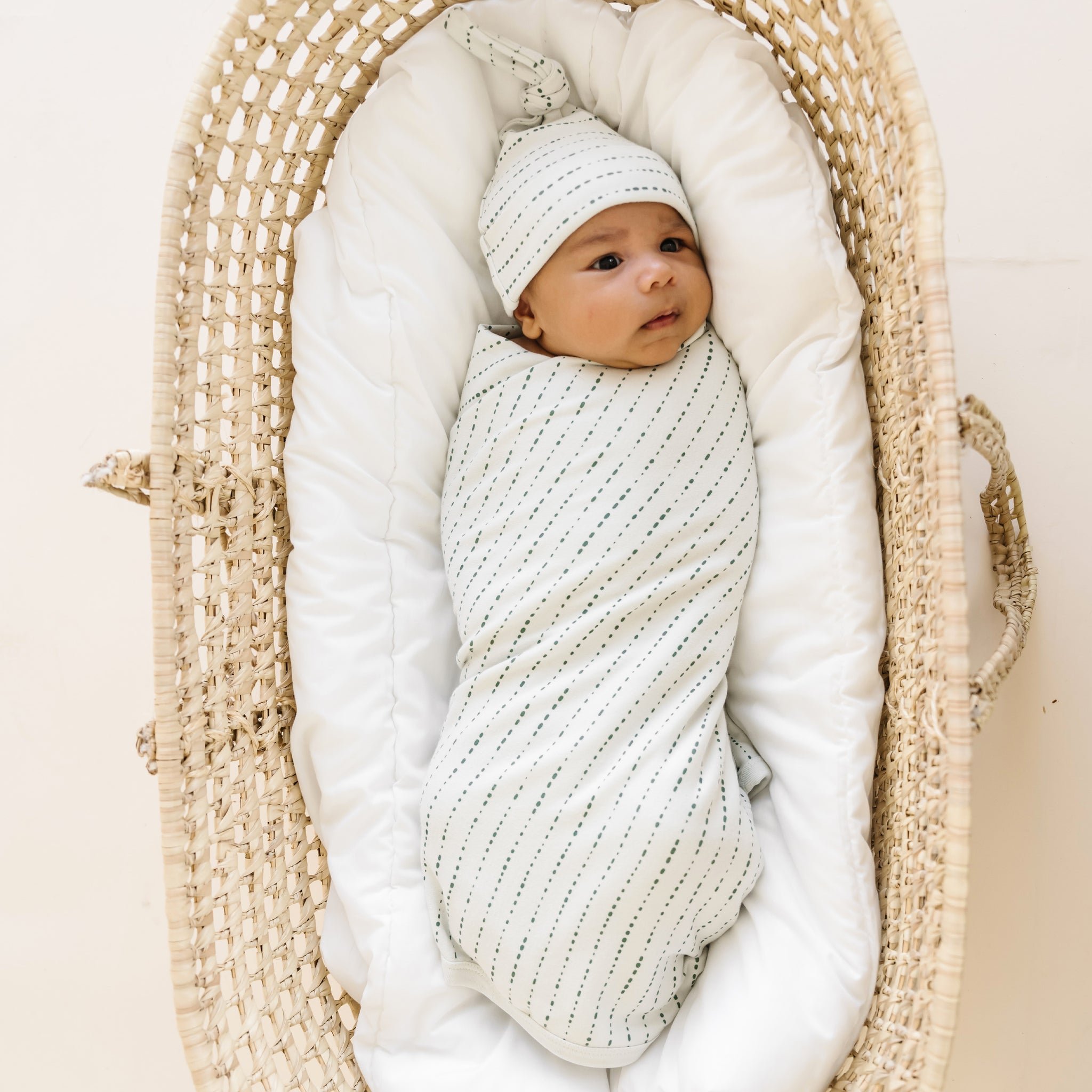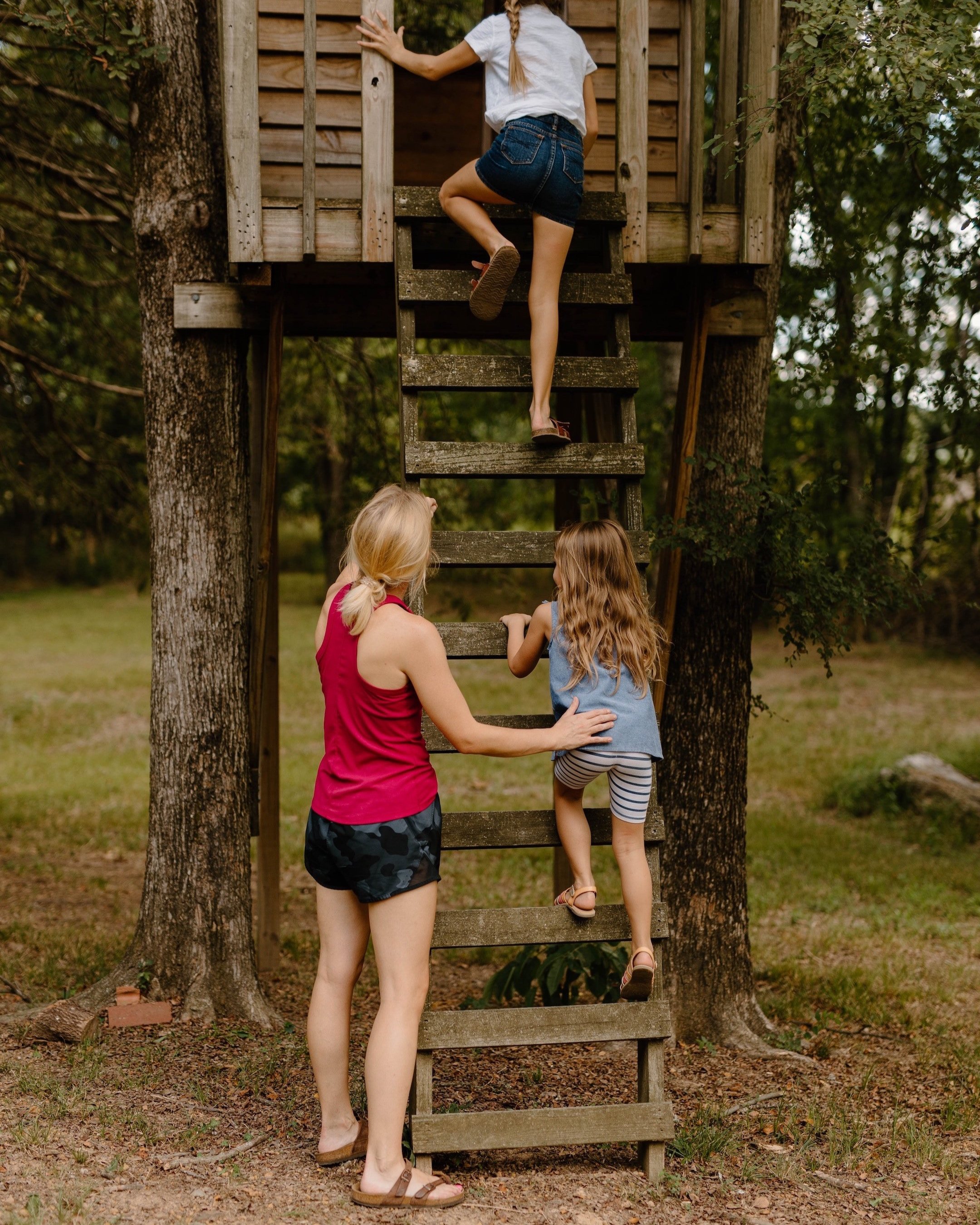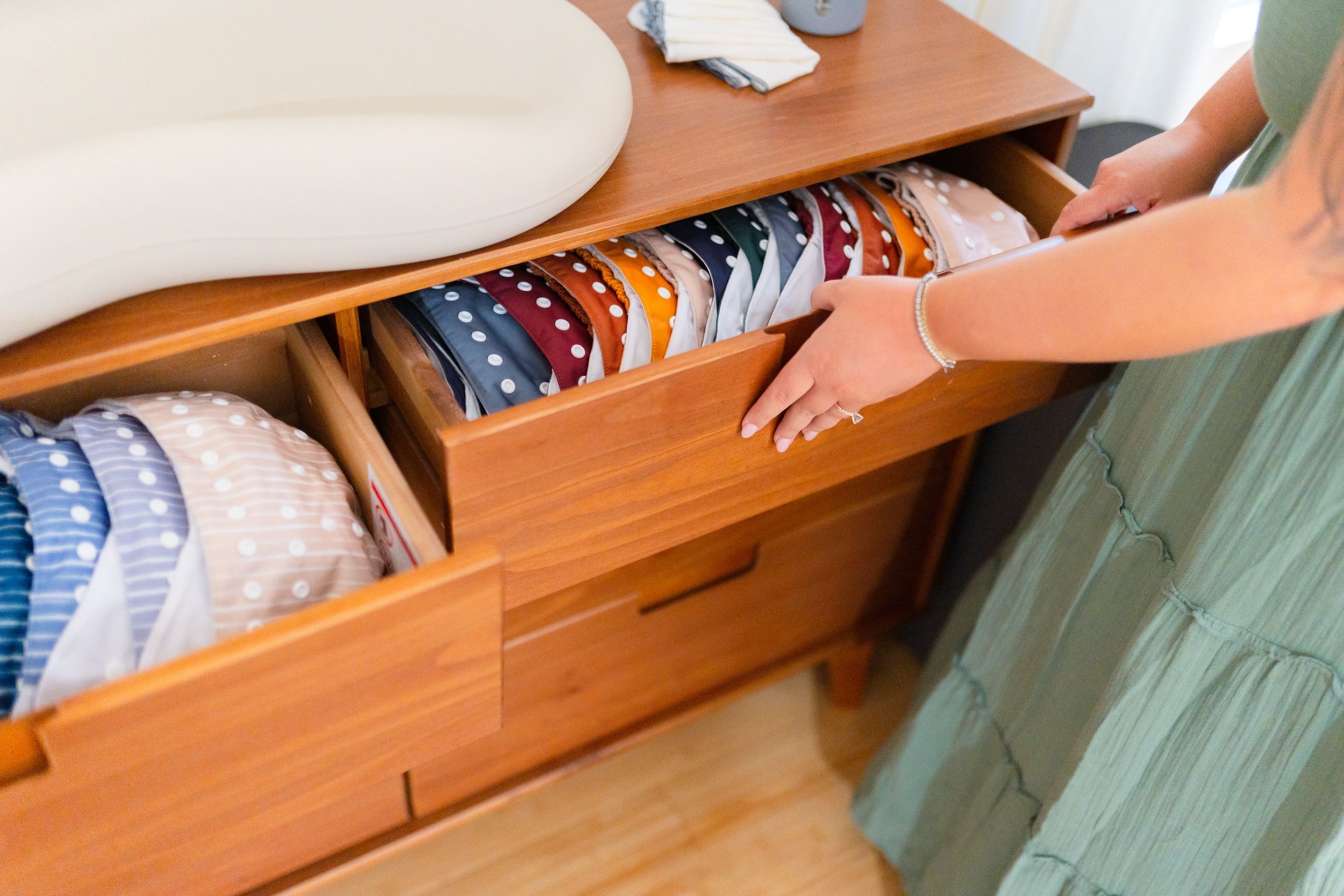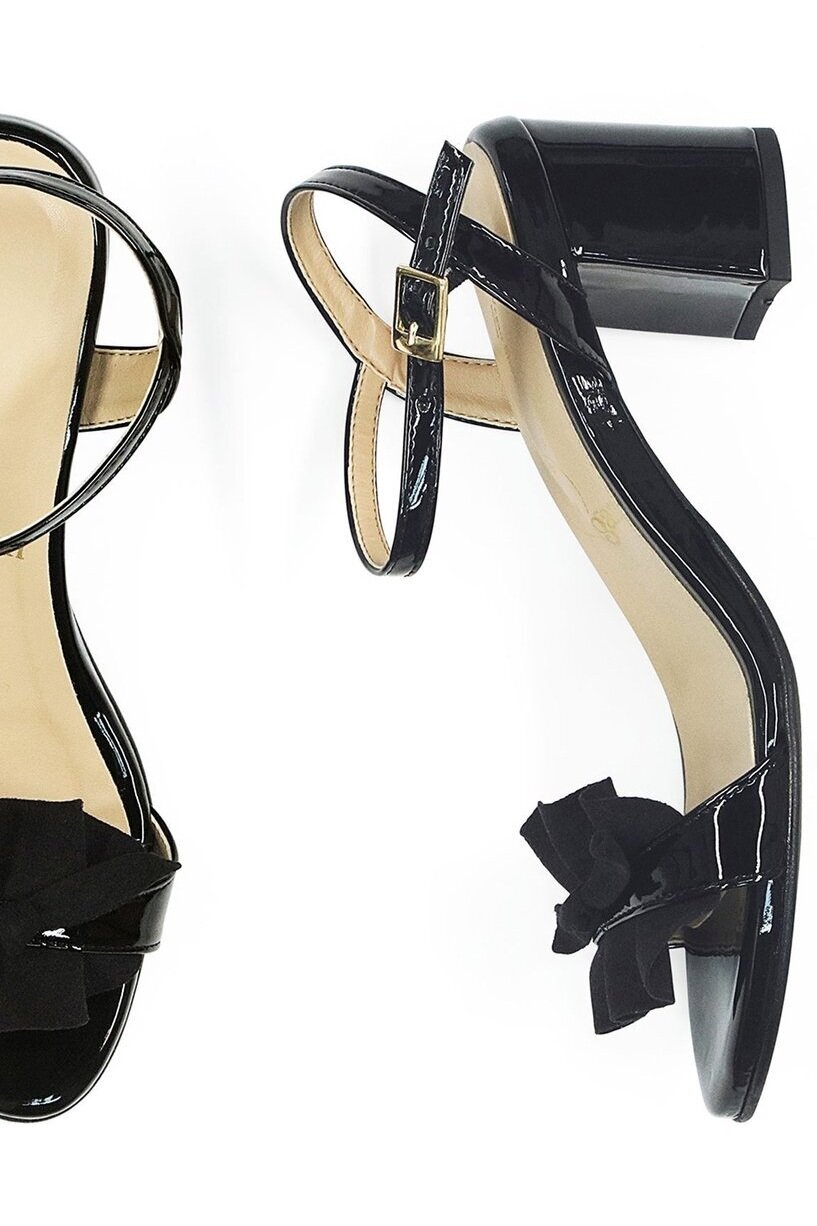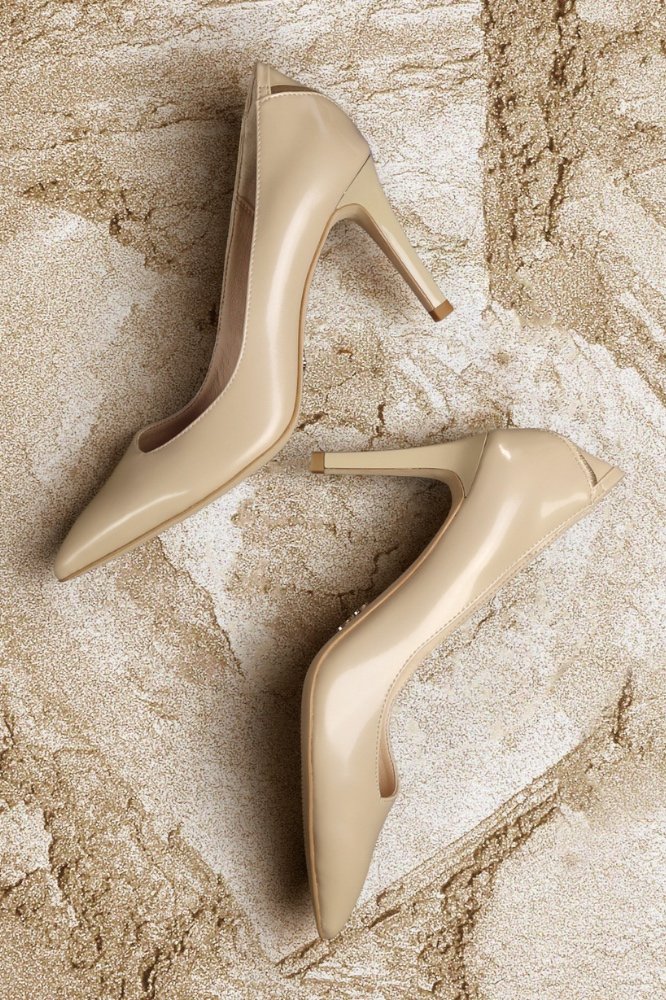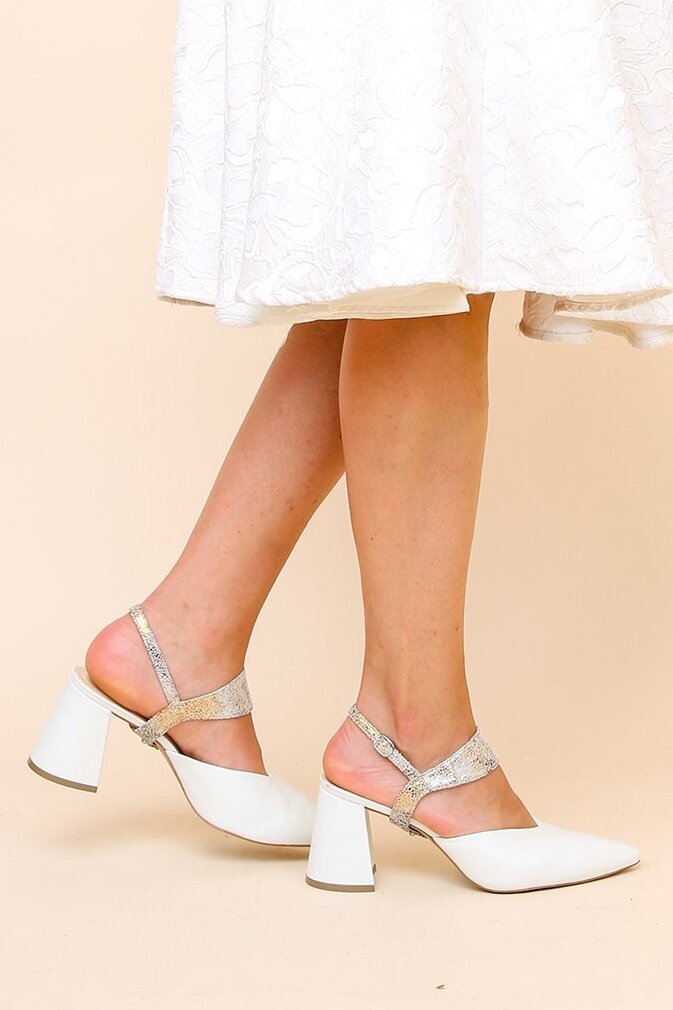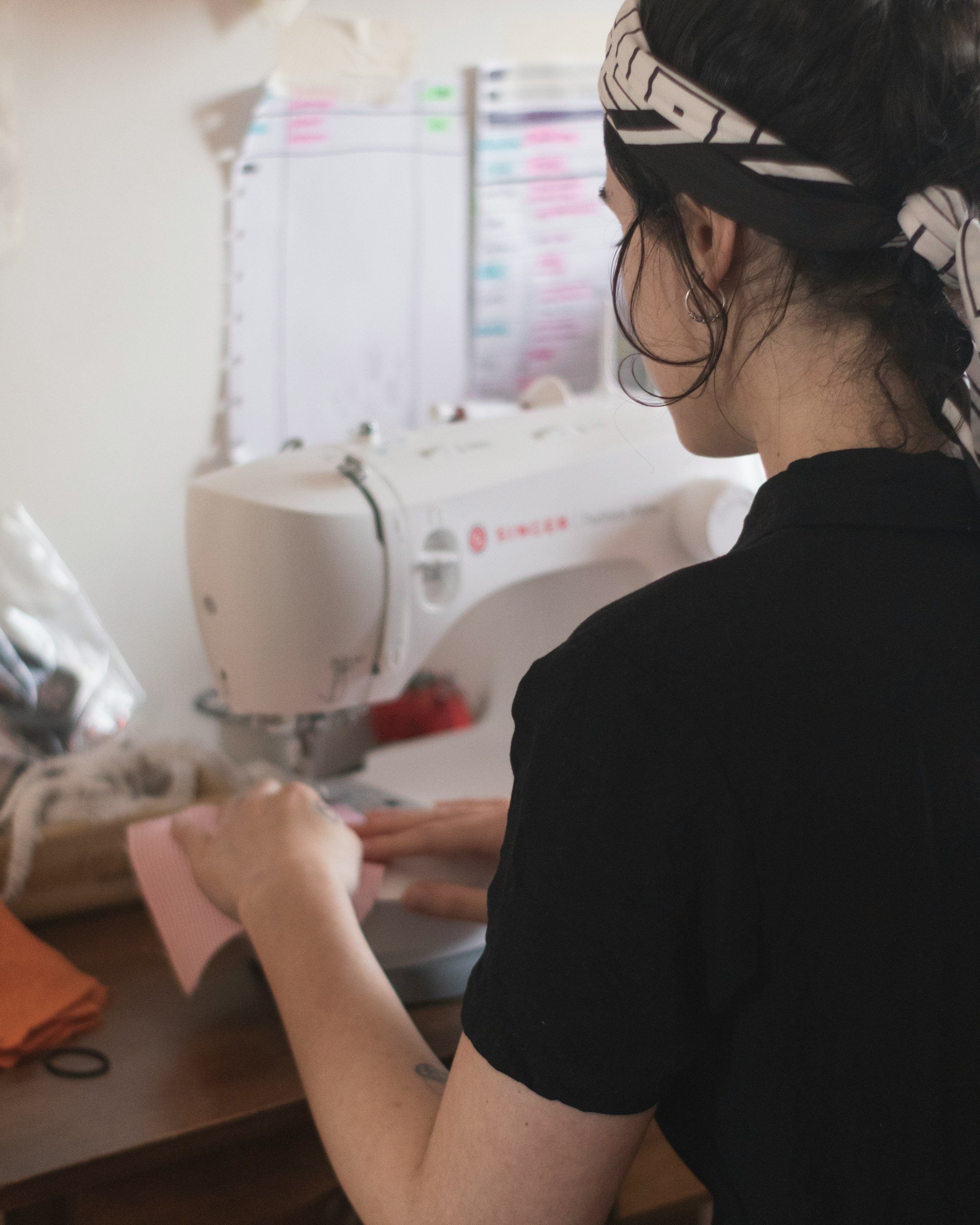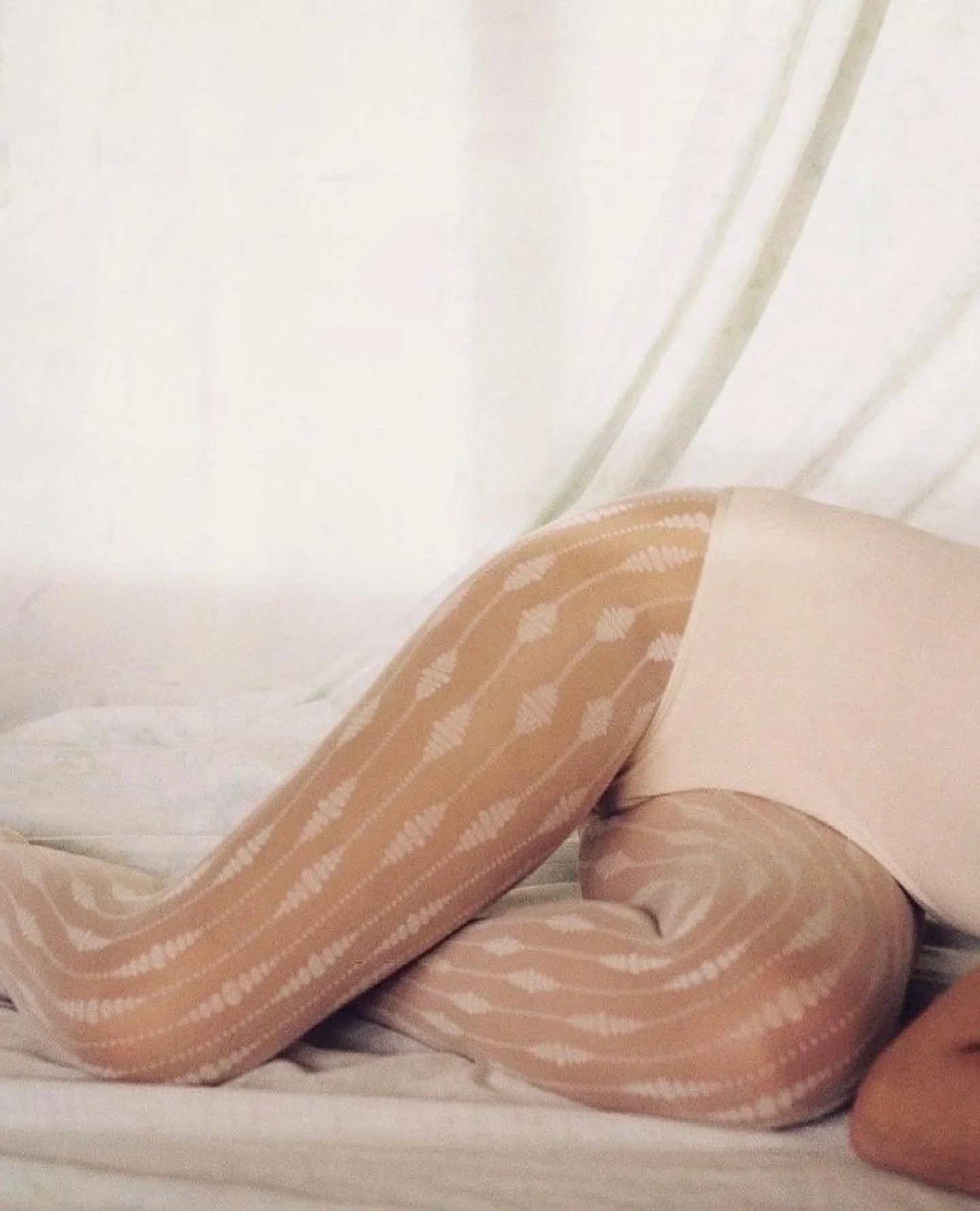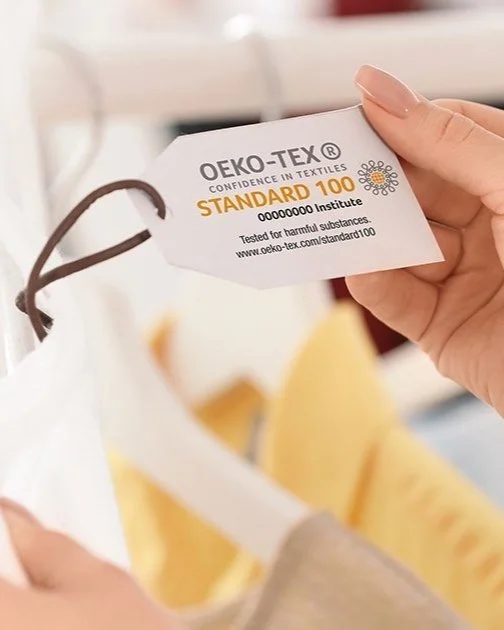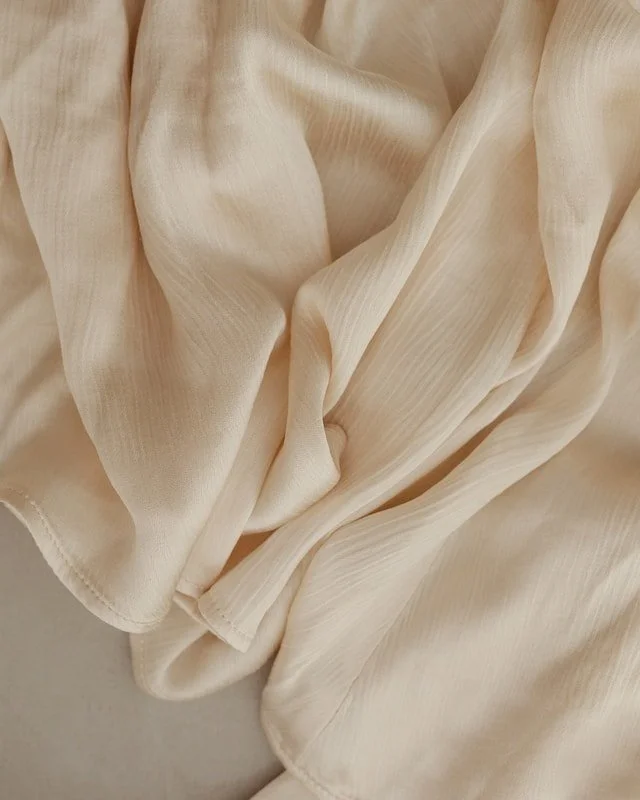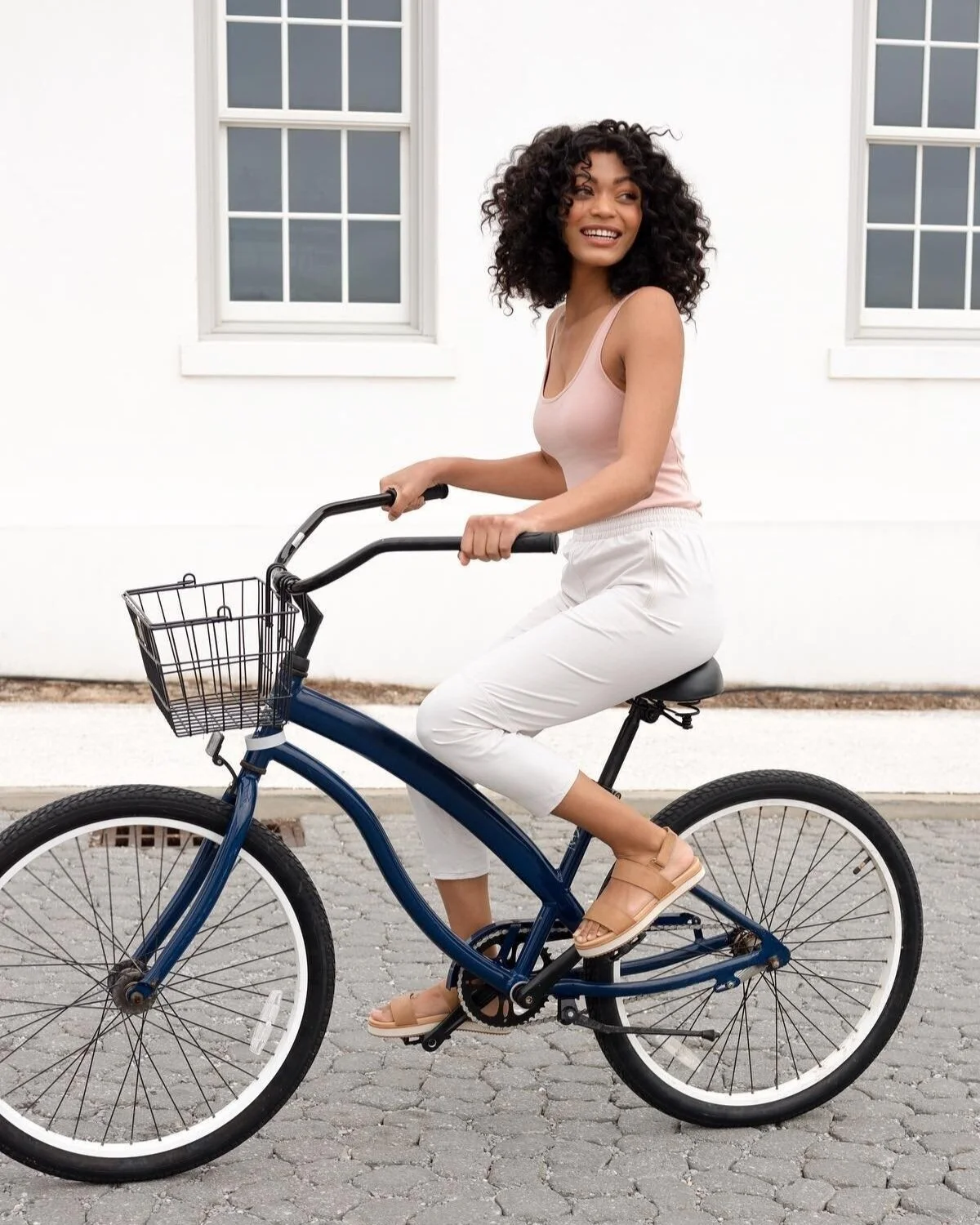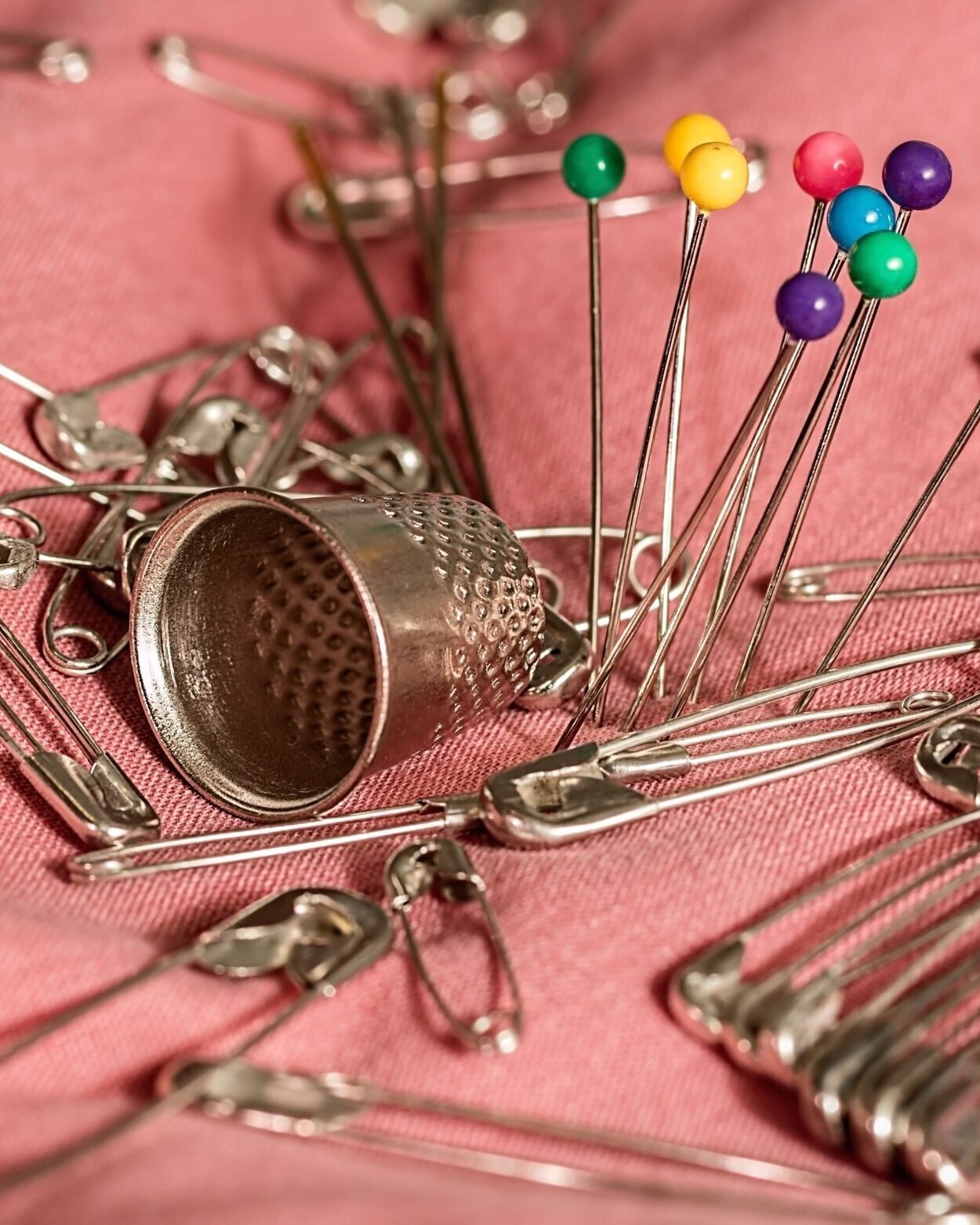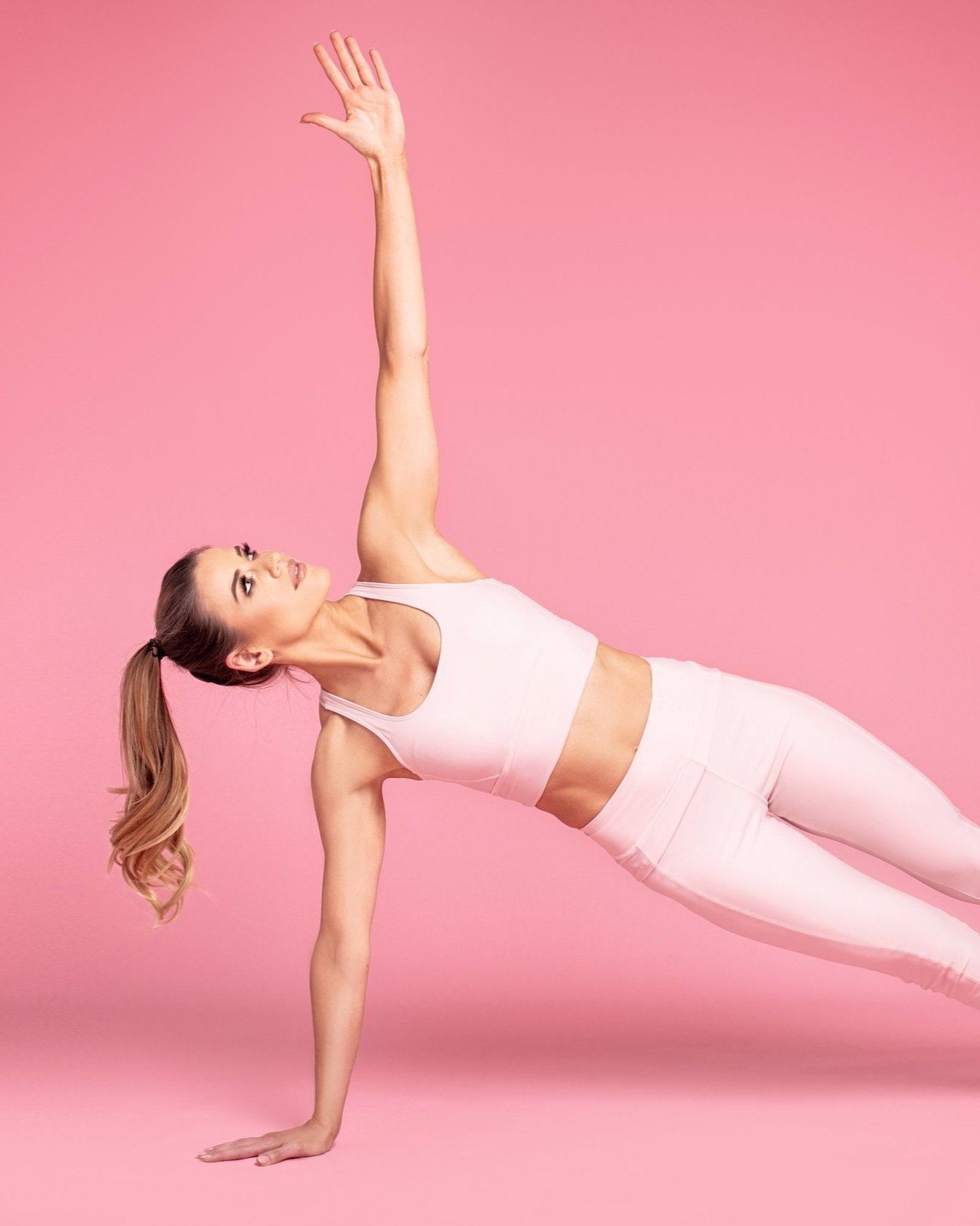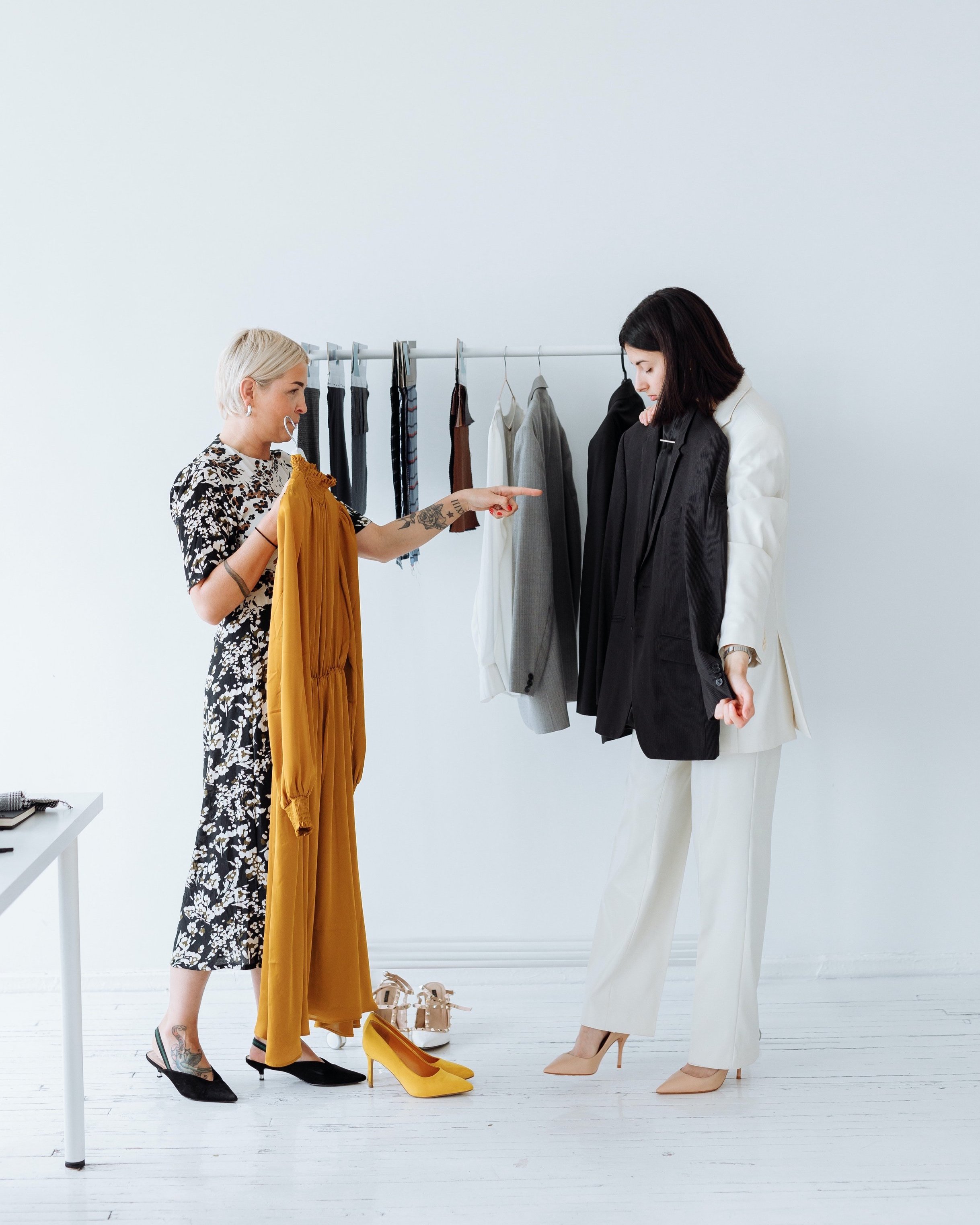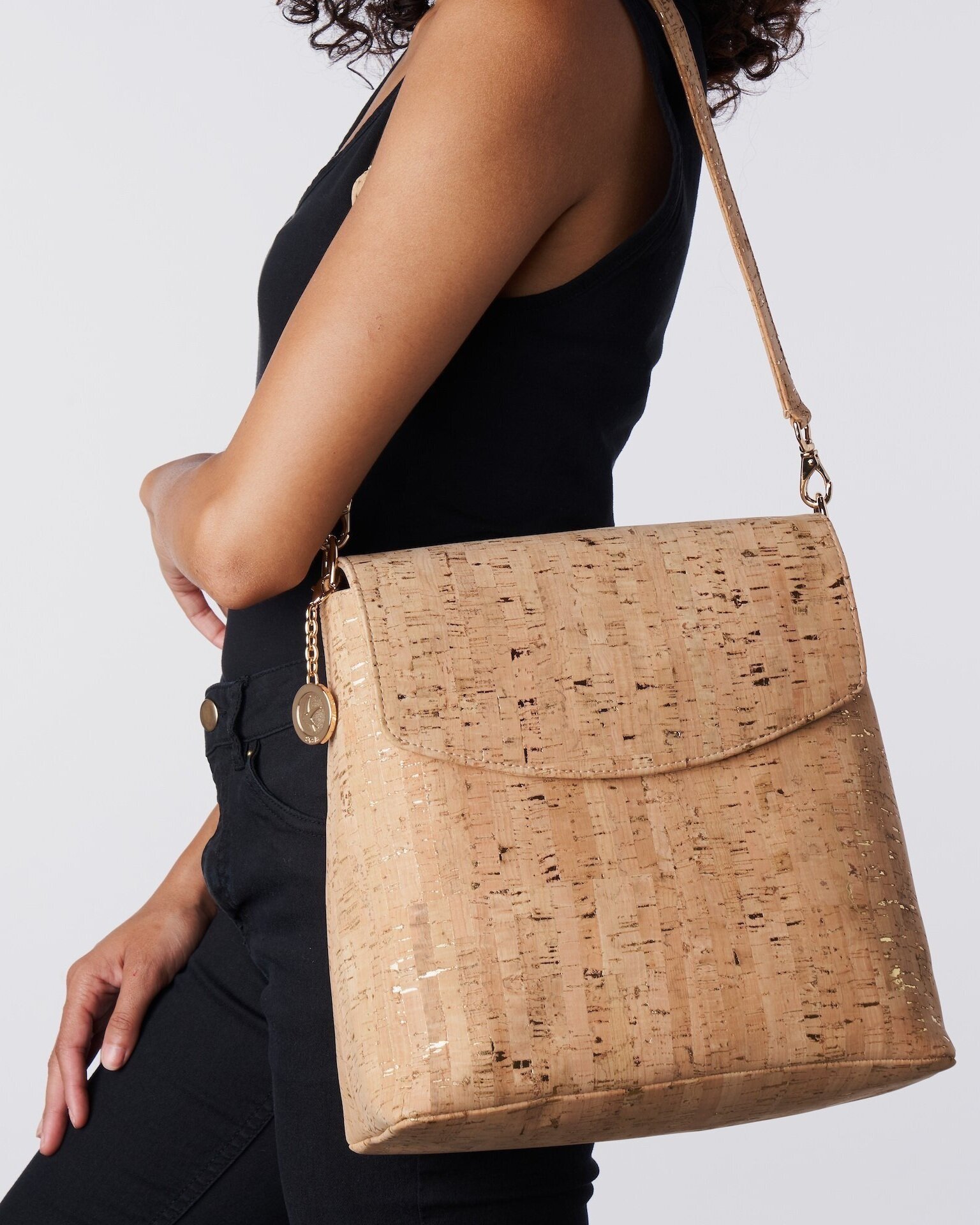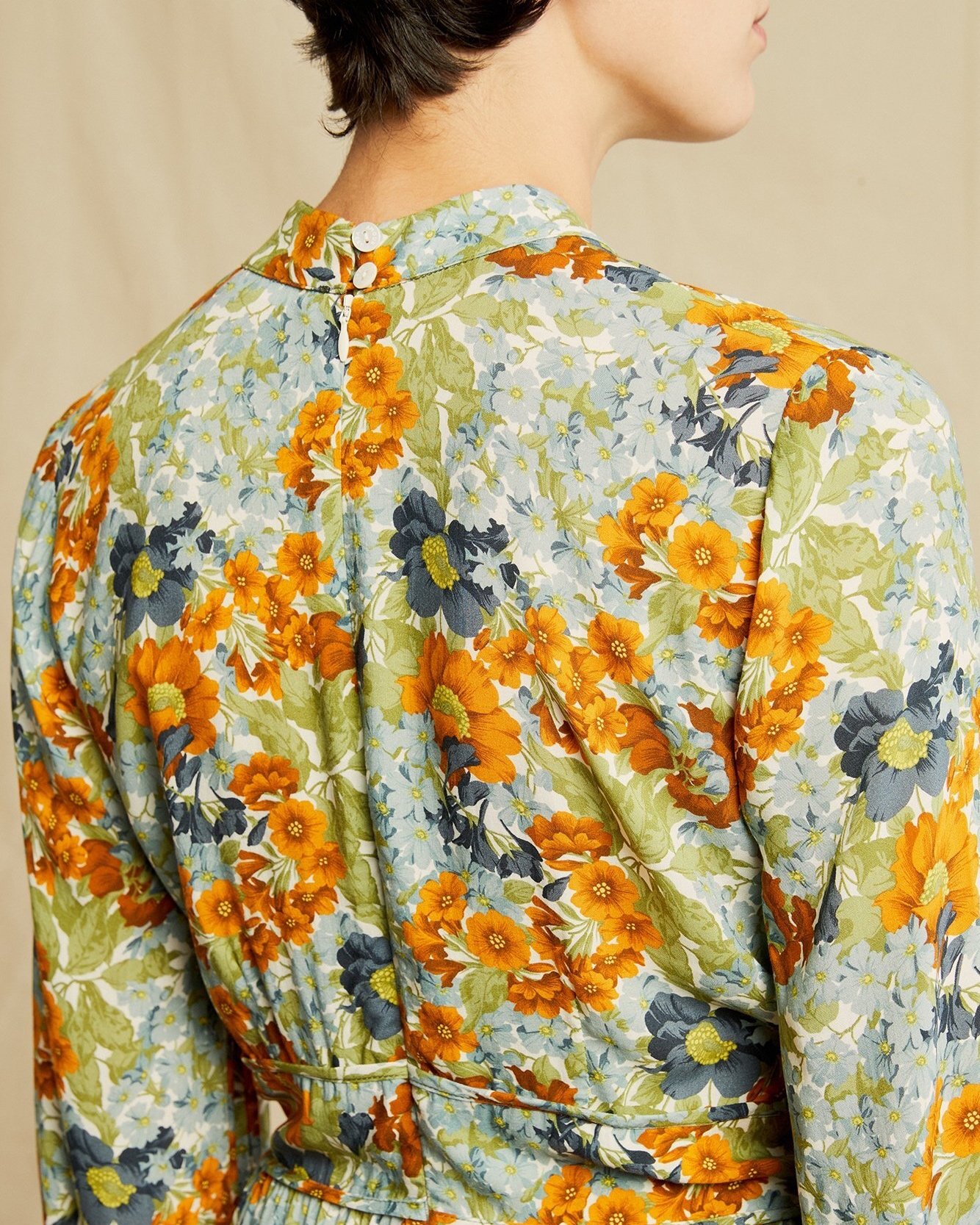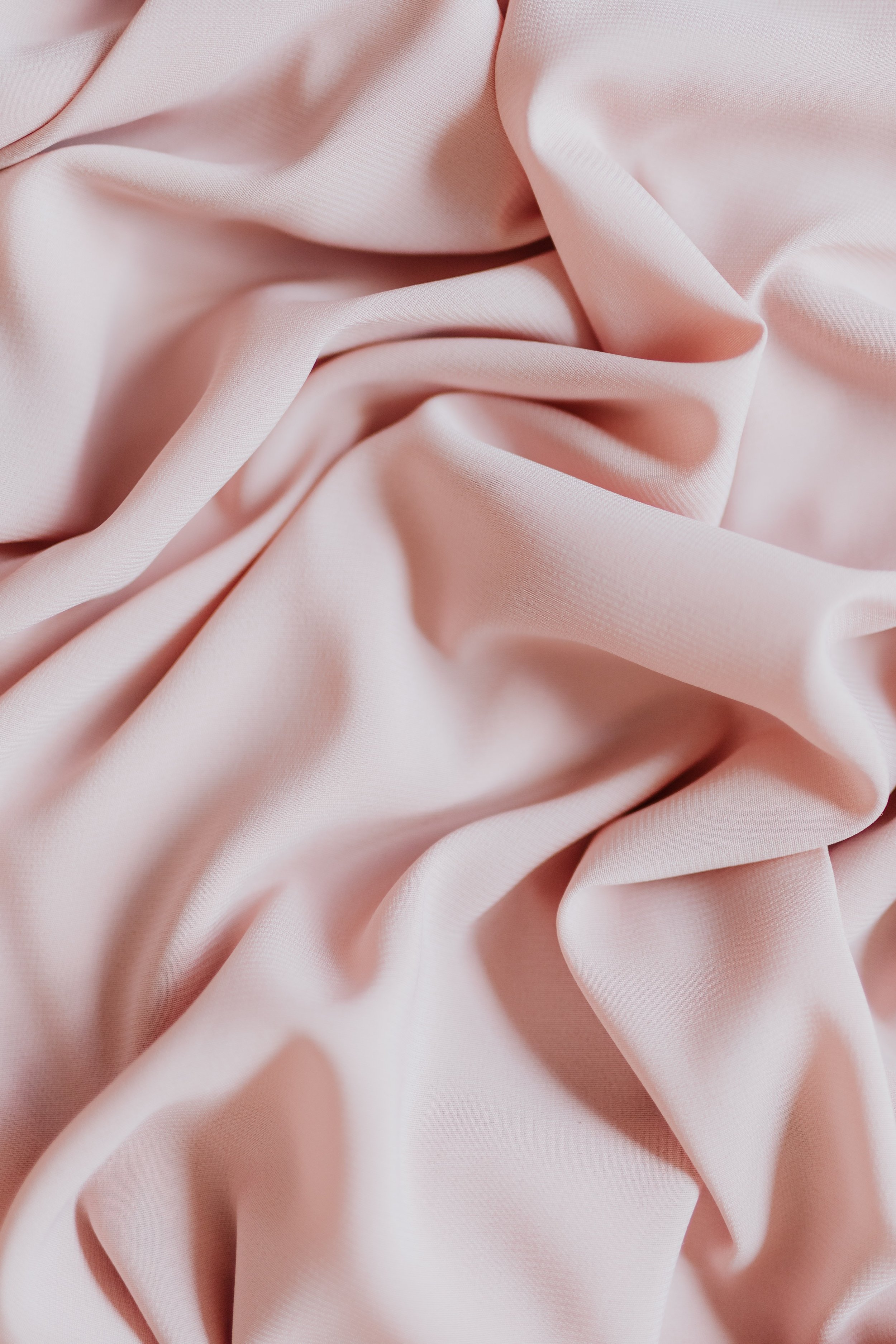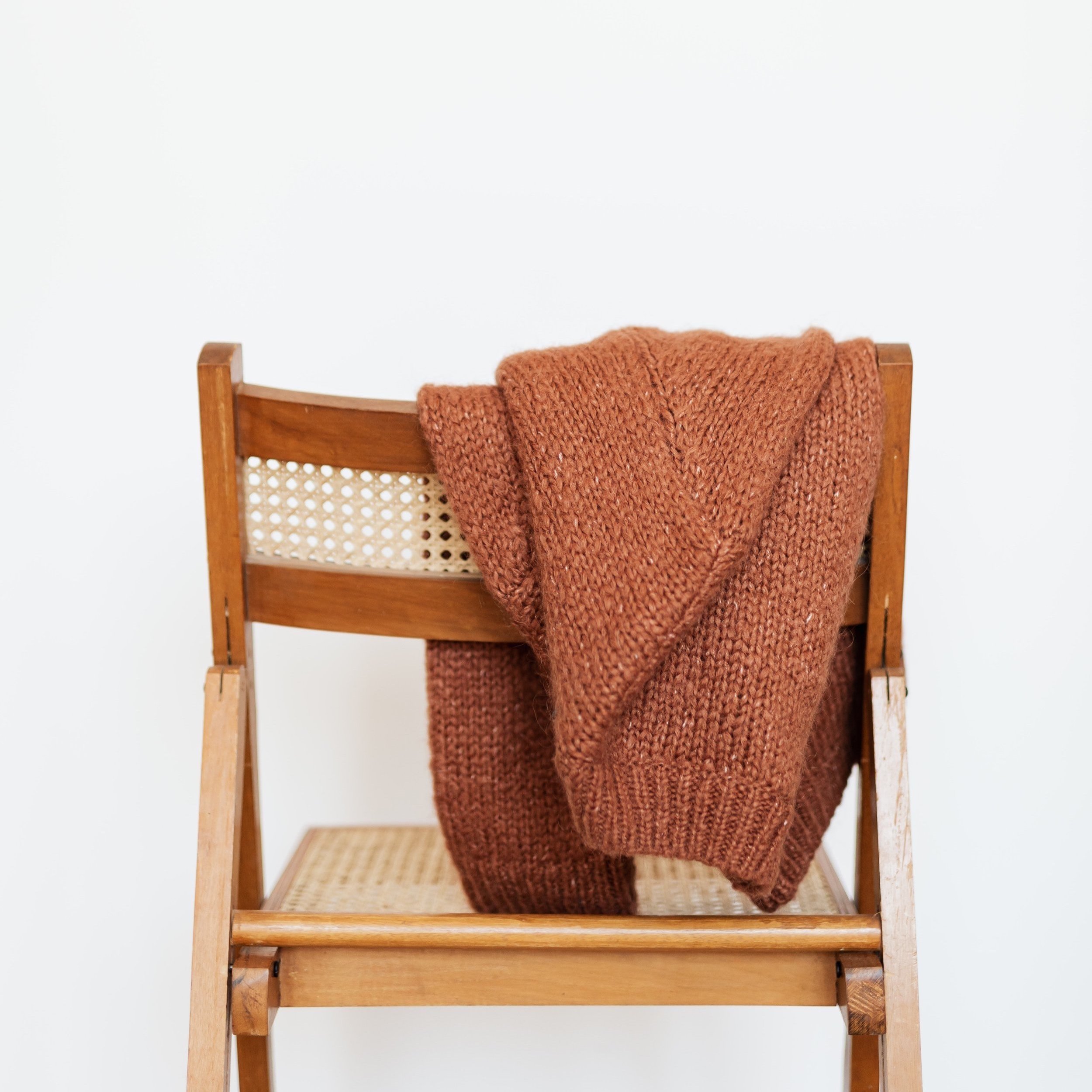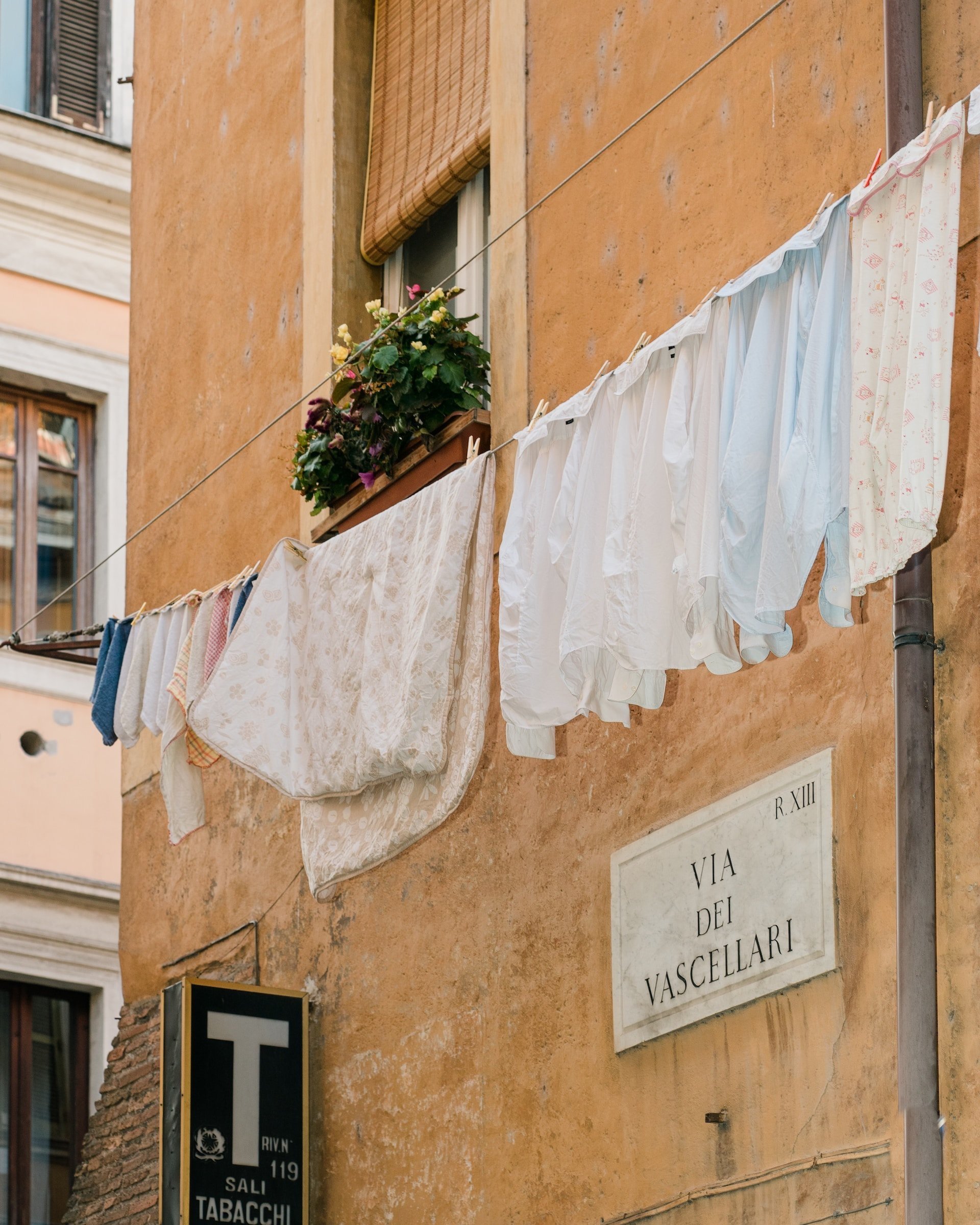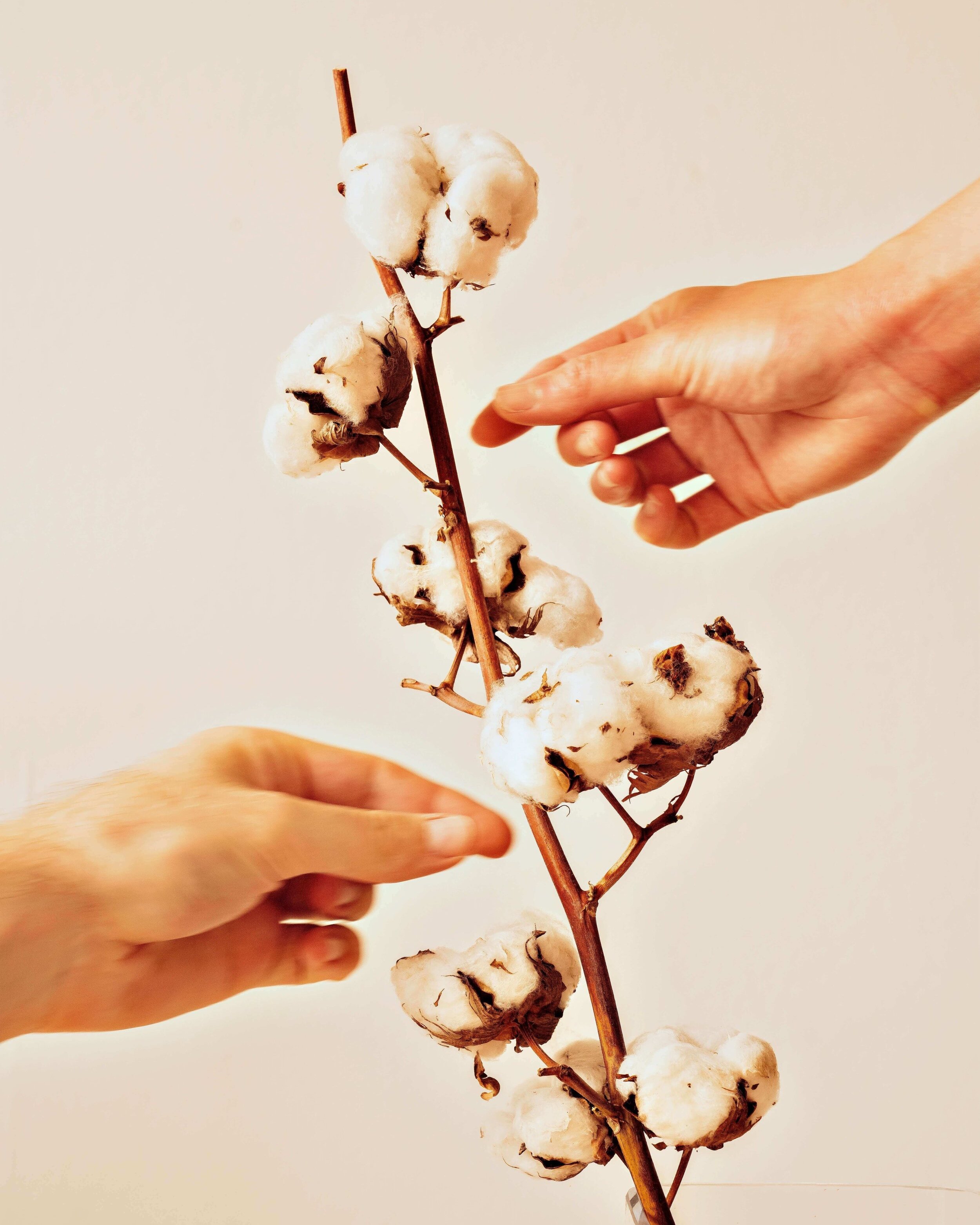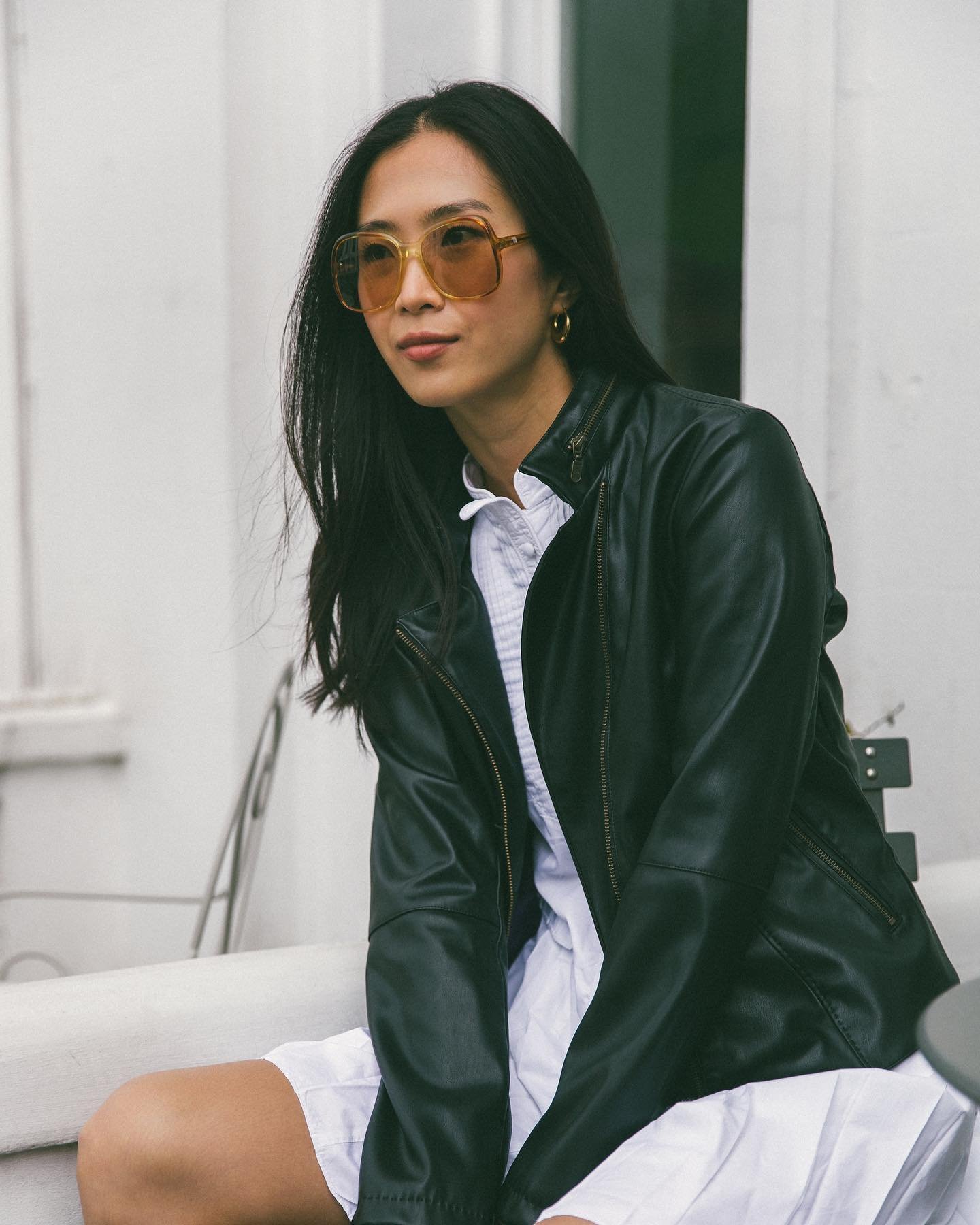
Many consumers in the United States regularly make the conscious choice of buying USA-made clothes. They want to support the local economy and help create more jobs for American workers.
Buying American-made clothing can also be a lot more sustainable. American companies often produce items locally, meaning they travel shorter distances than if they were imported from across the globe. This practice significantly reduces their carbon footprint. Additionally, these companies must adhere to higher labor and environmental standards compared to those in many other countries.
However, not all USA-made products are made with the environment in mind! In this article, we have rounded up 12 sustainable brands selling American-made clothing, so you can support both your country and the planet at the same time.
Disclosure: Some of the links below are affiliated; we may earn a small commission if you click through and make a purchase. We only feature brands that align with our values and contribute to a better world. Thank you for supporting these brands - and us! Image Cover: LA Relaxed
What makes these American-Made Clothing Brands Sustainable?
Sustainable American-made clothing brands create their products using eco-friendly fabrics and dye them with non-toxic, low-impact dyes. They focus on quality and durability during the production process.
The brand should also implement different sustainable practices throughout its supply chain. For instance, it should try to reduce its textile waste and find ways to upcycle or recycle its fabric scraps. Or it should reduce its chemical use and water and energy consumption.
Finally, the company should also treat its workers well and pay them fair wages. So many brands are still involved in unfair labor practices!
What eco-friendly fabrics should you search for?
Some of the most non-toxic and sustainable fabrics you should look for are organic cotton, linen, Tencel, hemp, and different kinds of recycled materials including recycled wool or recycled cotton. We would stay away from anything with recycle polyester since we are working to reduce our use of petroleum-based fabrics that shed thousands of microplastics with each wash.
You can also find great American-made clothing crafted using deadstock fabrics!
Looking for Made in USA denim brands? Check out this guide here.
p.s. would we like to note that American-Made for this article is specifically speaking about Made in USA - we know people search the term and use them interchangeably :) Thanks for being here!
Our top picks for sustainable, American-Made clothing brands:

1. LA Relaxed
Made In: California
Price Range: $30-128
Size Range: XS-XL
LA Relaxed makes everything you may need for your wardrobe, from dresses and camisoles to cardigans and skirts.
All of these pieces are made from natural, sustainable fabrics such as linen, Tencel, GOTS-certified organic cotton, and viscose derived from sustainably harvested wood pulp and processed in a closed-loop system.
The brand also sources some deadstock fabrics that would have otherwise ended up in the landfill.
The fabrics are also dyed using non-toxic, low-impact dyes carrying the Bluesign certification. It means the dye houses recycle their water and solvents and dispose of waste responsibly.
LA Relaxed makes its clothing in small batches in its factory in Los Angeles. It also sources its fabrics locally within ten miles of its warehouse.
code sustainablychic for 10% off your purchase

2. MATE The Label
Made In: California, Peru
Price Range: $28-248
Size Range: XS-3X
MATE The Label is a women-founded fashion brand offering wardrobe staples for everyone in the family.
All of its clothing is made from sustainable fabrics such as organic cotton, linen, and Tencel, and colored using GOTS-certified dyes.
While it has a sweater collection produced in a Fair Trade Certified factory in Peru, all its other pieces are made in Los Angeles, California. Its main factory is only four miles away from its headquarters, which minimizes its carbon footprint!
MATE The Label uses recyclable, recycled shipping materials and is a member of 1% For The Planet. It is also a certified B Corp and Climate-Neutral company.

3. Harvest & Mill
Made In: California
Price Range: $12-148
Size Range: XS-XL
Harvest & Mill sells sustainably made basics, loungewear, and socks made from organic cotton for both women and men.
From the cotton farms to the mills to the family-owned factories, 100% of the brand’s supply chain is fully traceable and based in the USA. The final products are sewn in California within a 20-mile radius of its Berkeley studio.
All of its styles are available in an undyed and unbleached fabric. You can also get clothing that is hand-dyed naturally using low-impact dyes or plants like indigo.
Harvest & Mill prioritizes ethical and sustainable practices throughout its manufacturing process. Plus, it offsets its entire carbon footprint and ships its products with plastic-free packaging.

4. Groceries Apparel
Made In: California
Price Range: $32-138
Size Range: XS-2XL
Groceries Apparel crafts 100% non-toxic wardrobe essentials, workout clothes, and loungewear for women. It also offers a couple of pieces for men.
The brand has eliminated all toxic chemicals and heavy metals from its supply chain by dyeing its clothing using natural, plant-based dyestuff, including food waste!
Some of the pieces feature vibrant indigo hues, along with colors from flowers, leaves, and madder root. Most of them, however, showcase a variety of shades from upcycled fruit and vegetable dyes, which include discarded avocado pits, carrot tops, onion skins, pomegranate peels, and used coffee grounds. Local grocers provide these food scraps, making the process eco-friendly and sustainable.
Most of Groceries Apparel’s clothing is made from GOTS-certified organic cotton, but you can also find several styles produced from hemp or Tencel. The brand’s entire manufacturing process happens in its own factory and dye house in Los Angeles.

5. The Classic T-Shirt Company
Made In: California
Price Range: $80-150
Size Range: XXS-XXL
The name says it all. The Classic T-shirt Company creates sustainable classic t-shirts and long-sleeve shirts for women and men. It also has a couple of vintage-inspired sweatshirts, shorts, and joggers.
Everything is made of 100% GOTS-certified organic cotton, and you can choose from several V-neck and crewneck styles available in a variety of colors.
They are all garment-dyed using non-toxic dyes that are certified by GOTS and Cradle-To-Cradle.
The brand makes its pieces in a local factory in Los Angeles following Fair Trade principles. It also sends out its t-shirts in plastic-free, recycled packaging and donates 1% of its profits to charities supporting causes such as ocean cleanup, water conservation, and tree planting.

6. Vitamin A
Made In: California
Price Range: $34-215
Size Range: XS-XL
Vitamin A is a sustainable brand offering responsibly made swimwear, cover-ups, and beach accessories. It has an impressive collection of one-piece swimsuits, bikinis, and everything in between.
You will be able to choose from a wide range of support and coverage options, cup sizes, and styles. The brand also has a large spectrum of colors and prints, including florals, animal-inspired patterns, and stripes.
Its beachwear line consists of cover-ups, overalls, sarongs, dresses, tops, and bottoms. You can style them with Vitamin A’s accessories, which include beach bags and bucket hats made of hand-woven recycled straw.
The brand makes its swimwear and clothing using recycled nylon, organic cotton, linen, Tencel, and recycled cotton, and all the materials are certified by OEKO-TEX.
Vitamin A is a member of 1% For The Planet and produces its swimwear in the USA, primarily in California.

7. Miakoda
Made In: New York
Price Range: $24-158
Size Range: XS-4XL
Miakoda sells comfortable, sustainable clothing that is ethically made in New York City. From tops to bottoms, all the garments are crafted from eco-friendly, plant-based materials.
The fabrics used include organic cotton, organic and OEKO-TEX Standard 100 certified bamboo, modal made in a closed loop system, and organic soy fabric.
The soy fabric is produced using soy fibers sourced as a byproduct of the soybean oil industry and that would have otherwise been disposed of.
Miakoda dyes all its pieces with low-impact, non-toxic dyes, and all the fabrics are certified by GOTS or Control Union. It also offsets its carbon footprint and upcycles its fabric scraps into new products such as scarves, scrunchies, and pet bows!

8. GRAMMAR
Made In: New York
Price Range: $148-625
Size Range: 0-16
GRAMMAR sells women’s shirts and dresses featuring timeless designs and impeccable quality. It also has several jackets, pants, and skirts to complete your wardrobe.
All its pieces are both comfortable and elegant and crafted from 100% GOTS-certified organic cotton.
All the buttons are also plastic-free and derived from natural shells and horns that are ethically sourced as byproducts of the food industry.
GRAMMAR’s clothes are made locally in a woman- and BIPOC-owned factory in New York City. The brand makes sure everything is produced in small batches so that none of the products are overproduced or wasted.
It also recycles all its fabric scraps, uses packaging made of recycled materials, and regularly makes donations to Color of Change and Dress For Success!

9. Proclaim
Made In: California
Price Range: $9-118
Size Range: S-3XL
Proclaim is a sustainable brand selling underwear, bralettes, slip dresses, bodysuits, and tank tops. With a focus on neutral colors, most of the pieces are sold in black and three different shades of nude.
The brand makes its clothing and underwear using natural, sustainable fabrics such as Tencel, an organic cotton-hemp blend, and cupro produced from recycled cotton linter.
It also uses low-impact, low-energy, and AZO-free dyes.
The pieces are made locally in a family-owned factory in Los Angeles. Proclaim also works with a local mill and dye house, which means that its supply chain is hyper-localized to a 30-mile radius.
Plus, the brand ships its orders using 100% home compostable mailers and upcycles its fabric scraps into building materials!

10. Minimalist
Made In: New York
Price Range: $200-995
Size Range: 0-14
Minimalist has a thoughtfully curated collection of women’s clothing designed to maximize purpose in your wardrobe while minimizing the impact on the planet. It sells different tops, bottoms, jumpsuits, dresses, and jackets, all of which are crafted in New York City.
The brand uses sustainable fabrics such as Tencel jersey, velour crafted from organic cotton and recycled fibers, and sustainable Ecovero viscose satin.
Even details like elastics, shoulder pads, and zippers are made with non-toxic, eco-friendly materials!
Minimalist’s materials also received different third-party certifications including OEKO-TEX, Bluesign, GRS, GOTS, and FSC. Plus, the company uses recycled packaging and garment bags that are compostable or water-soluble.

11. JJ Winks
Made In: California
Price Range: $42-158
Size Range: XS-XL
JJ Winks was created for busy women who hate wearing bras. The brand sells loungewear and everyday clothes that make you feel attractive and put together while being comfortable and braless.
There are many gorgeous styles to choose from, including elegant dresses, off-the-shoulder tops, leggings, and shorts.
The tops feature a soft, built-in shelf providing breathable, gentle coverage so you can stay modest without a bra. They do not have any uncomfortable foam pads or bulky inserts inside.
All the pieces are produced in Los Angeles with a locally sourced modal fabric. JJ Winks also uses sustainable packaging and offsets its carbon footprint by supporting different environmental projects.

12. Laura Elizabeth Jewelry
Made In: California
Price Range: $125-295
This may not be clothing, but we didn't want to miss out sharing!
Laura Elizabeth is a female‑owned, sustainable jewelry brand proudly handcrafted in the USA. Each piece is thoughtfully designed by Laura and produced in small batches with her longtime manufacturer in Los Angeles.
The brand emphasizes eco‑friendliness, sourcing recycled metals and casting without toxic chemicals, opting for everyday household cleaners instead. Made to be “life‑proof,” Laura Elizabeth jewelry is swim‑and‑sleep‑safe and designed to withstand real life.
With timeless, nature‑inspired aesthetics and ethical manufacturing, each piece expresses your authenticity while supporting American craftsmanship and sustainability.
About the Author
Eva Astoul is a French freelance writer, specializing in content related to sustainability, simple living, and a growth-focused healthy lifestyle. She runs her own blog, Green With Less, to inspire people to live a more minimalist and sustainable life.
MAKE SURE TO PIN THE PHOTO BELOW TO SAVE THIS POST FOR LATER!
WANT MORE SUSTAINABLE BRANDS? VISIT OUR BRAND DIRECTORY!
Our Brand Directory is home to hundreds of sustainable brands, from makeup to cleaning supplies, from underwear to shoes. We have broken everything down by category for easy shopping, along with discount codes unique to Sustainably Chic viewers.




